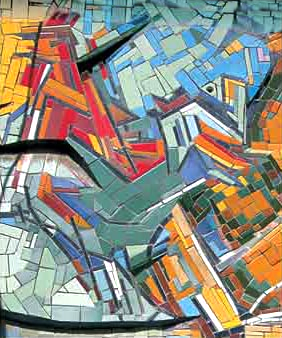
A Glance at A.Hassan Keivan’s Artworks
Modern art workshop
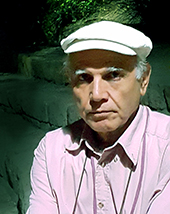
The inauguration of the Arman promenade in Mashhad in 2015, one of the beautiful works of A.Hassan Keivan, gave us an opportunity to introduce a part of his works in the field of architecture – visual arts and films.
The variety of the fields he has experimented, his artistic career and the big bulk of work he has done in the related fields need a comprehensive analysis which is out of the scope of this brief introduction. Nevertheless, we will try to briefly analyze the path he has trodden to give a clear picture of his artistic character. This brief examination can pave the way for a deeper analysis of the artist’s works in the future
This commentary, which is of course limited and incomplete, reflects our impression of his various works after long hours of conversation with him, We believe that genuine art I mean visual art , architecture and film which we are now exploring – is a mechanism of communication in which we find an interpretive expression of nature and man beside written and oral communication. In other words, his works serve as a window to look and depict his art contrary to that which we acquire by looking and speaking with our body organs. If we put this window beside other windows to discern and choose we can find suitable answers to our questions.
Films
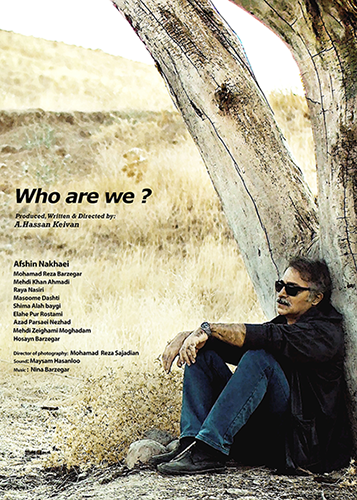
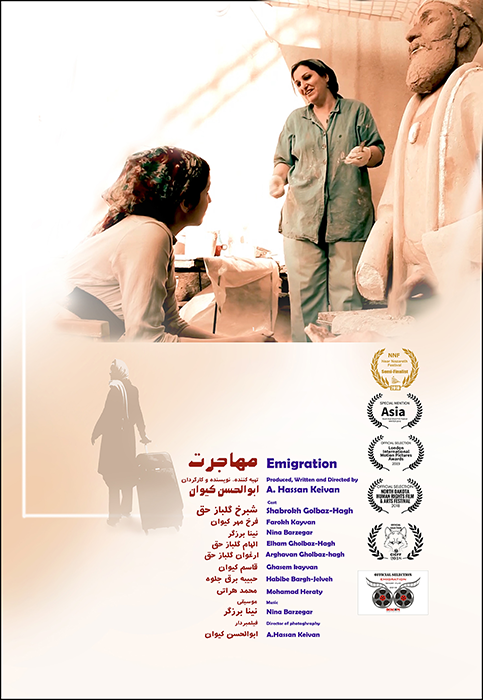
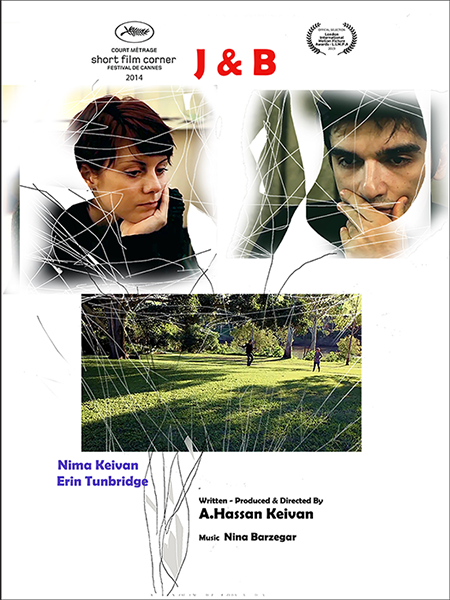
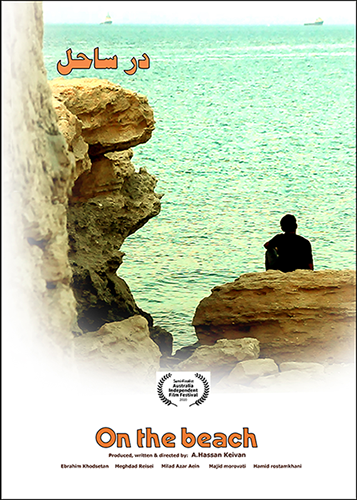
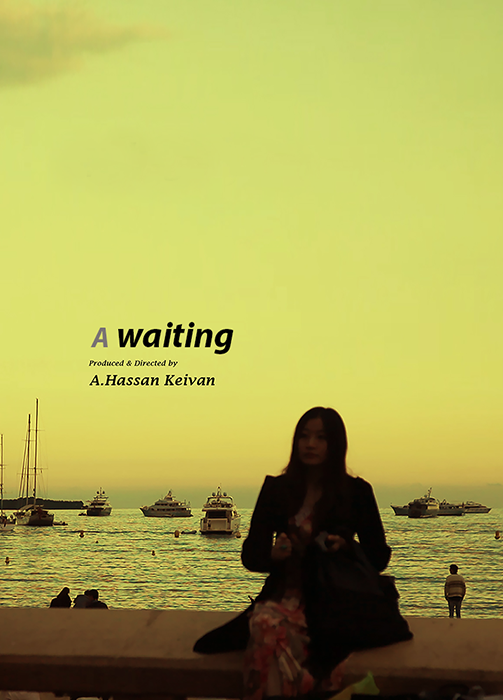
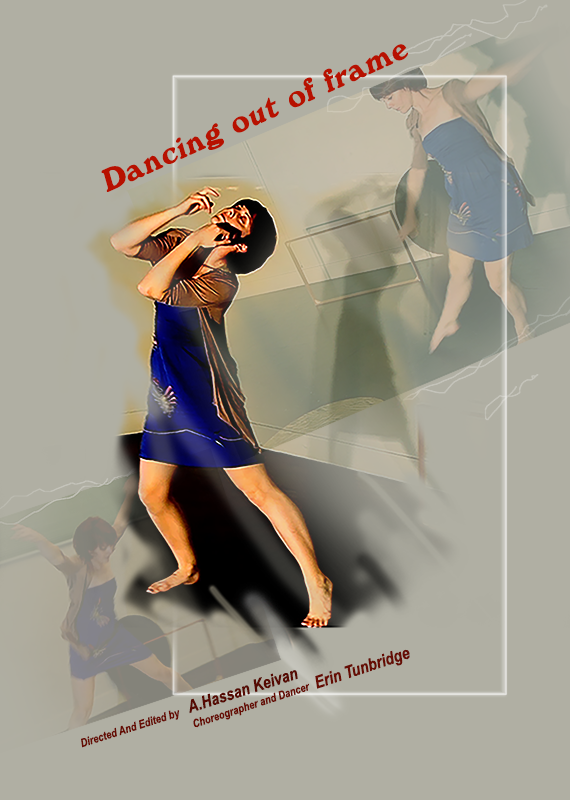
Film, Architecture, painting and Photography composes a relatively large part of the artist’s productions. During his careers in visual art and architecture, he began to study in film which he loved from early years. He has made several short films and one feature films and participated in some festivals. One of his short films named J & B was made in Australia and accepted by Short Film Corner in Cannes film festival 2014. His first feature film Who Are We ? was awarded as the Best feature Film in many film festivals.

A.Hassan Keivan graduated from Art University in 1979, but he started his professional/artistic career many years earlier (1969) in the fields of cinematic posters and placards. In fact, he was one of those rare artists who performed graphic work in his early years and thanks to his reputation among established foreign filmmakers such as Colombia, Warner Brothers, MGM, etc. the majority of the promotional works for such companies were delegated to him. In several pictures remaining from those early years one can distinguish the artist’s skill despite his young years.
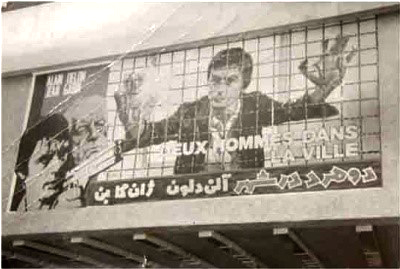
Size: 7 x 3 m
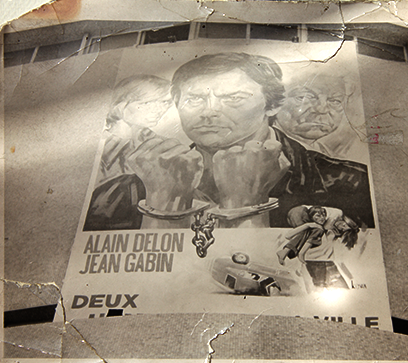
Size: 12 x 7 m
After entering the university and learning the academic visual arts his approach towards his profession was revolutionized. He employed visual elements with more awareness for production of placards, posters and graphics. In those years most of the time he was engaged in drawing instead of focusing on cinematic placards and posters, but whatever he did was done with careful study and with precision, which is another outstanding feature of Keivan’s character. Alongside artwork he was interested in technical jobs too. Such an interest motivated him to fabricate several machines such as movie projectors. His experience in the technical fields helped him to solve the technical problems during the construction of Kooh-e-Noor grotto and waterfall in Kish Island and Arman project.
Keivan launched his first solo exhibition in 1976 in University of Art. Here he was no more making placards for the cinema. Instead he was painting with a focus on social subjects. Although his influence of cinematic exertions in the past such as coloring, the rhythm of the brush and composition can be readily traced in his new paintings, his new works proved that he had entered another field of artistic manifestations in which he had to display his skill.
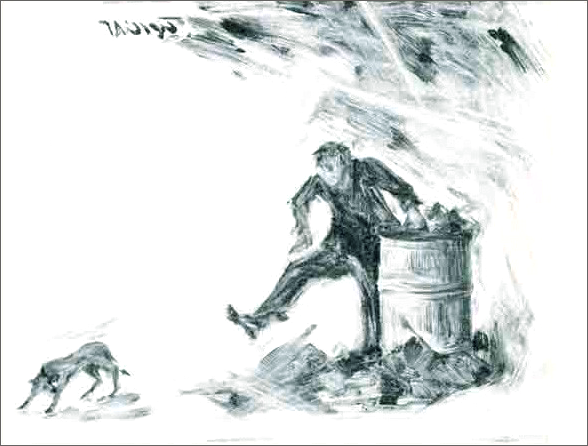
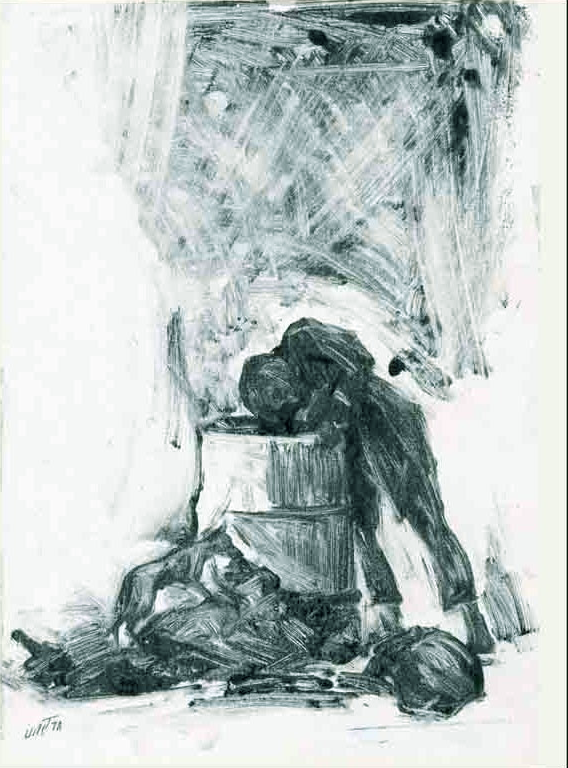
His next exhibition on the following year showed that he had completely distanced himself from the cinema and seldom contributed to the film industry, because he used all his energy to study and work on drawings and painting. A cursory examination of his works in his four albums shows that the artist has an inquisitive and critical look to his environment. The bitterness of life is visible in many of his paintings but this is not abstract bitterness. His paintings is the result of hardships suffered by people whom he had seen – people with tortured figures protesting to everything inhuman in the environment which the artist had lived.
For example, in one of his paintings called ‘By Turns’ in as book entitled ‘Here the Birds don’t Sing’ we can see a man and dog quarreling beside a garbage bin. One can discover from the painting that before the man could reach the garbage bin the dog was eating and the man chases the dog away in order to eat the remains. One cannot trace individuals in such paintings but protest against such way of life. The method of conveying the meaning is a sort of strong and brief expressionism. The painter has omitted the details as far as possible so that the extra elements would not dim the clearness of expression. Opposite ‘By Turns’ there is another painting called ‘Eating Together’ which displays another version of ‘By Turns’. It is as if the man who has suffered the pain of hunger is asking the dog, which he had expelled, to share the food in the garbage pin. Both paintings are black and white monotypes. In fact, the rough manner in which the brush moves on the canvas, which is in harmony with the inner meaning of the work, gives a visual picture of the brutality of poverty.
Simplicity of expression and multiple meanings which lead to a variety of interpretation of works is the leading features of these two paintings as well as other works, especially his monotypes. Different subjects related to human life and the expressionistic simplicity and strength in many of his paintings simplifies intercourse with different classes of people in his works while the bitterness of the themes does not obscure the depth of the meaning and aesthetic shape of the paintings. One can fail to trace dry and empty naturalism, not sifted from visual elements and arts and mere copying of facts and empty coloring hidden under vague and colloquial expressions under the umbrella of modernism, both of which are the fruit of poor thought and lack of creativity.
But why no trace of happiness in such works? Does not the artist see happiness in his life and the life of his friends to display it in the canvas or such happiness exists but he fails to detect them? Is happiness so little that is forgotten under the bulk of inconsistencies and pains affecting the people around him? Must not the artist paint happiness to allow us to bear the bitterness of life easier or tell us that there is beauty too in life? The artist’s answer is this. “Unfortunately incongruity and pain forms a greater part of our life and we cannot easily overlook the agony. Such incongruity and pain is also notable in our music and poetry. The sorrow in our poetry and music mirrors the deep wounds and damage inflicted on our country from repeated brutal foreign invasions in the course of history.
Therefore, his paintings reflect the recollection of bitter historical pains which every generation is compelled to suffer and are instinctively exposed under the surface of his works.
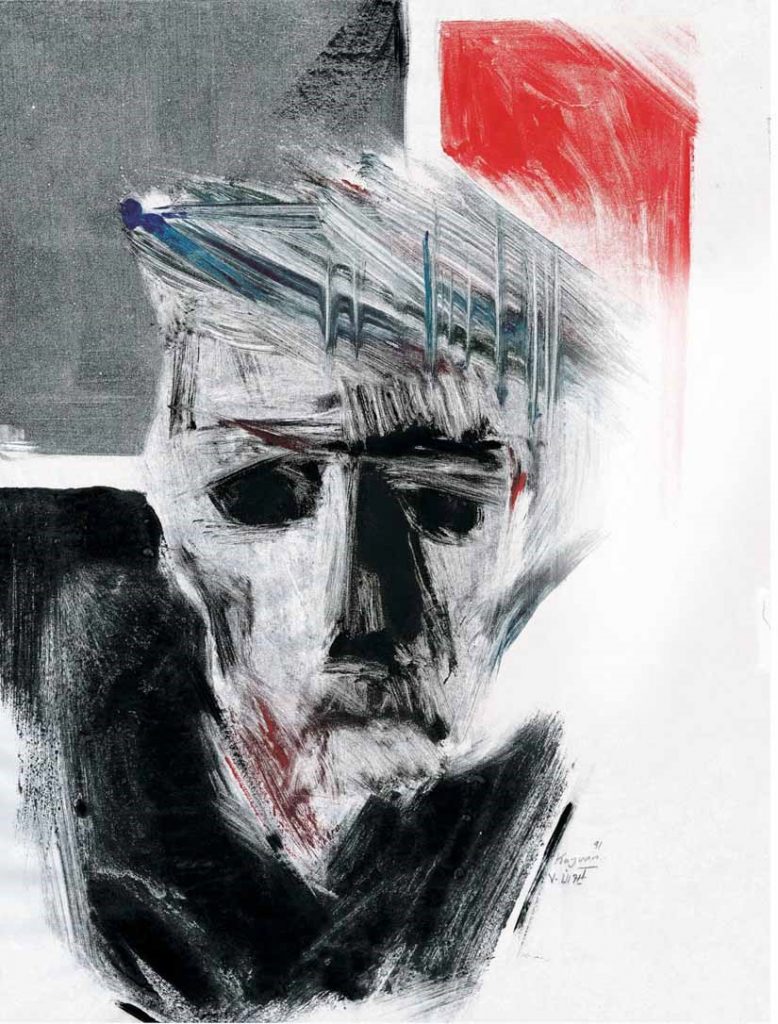
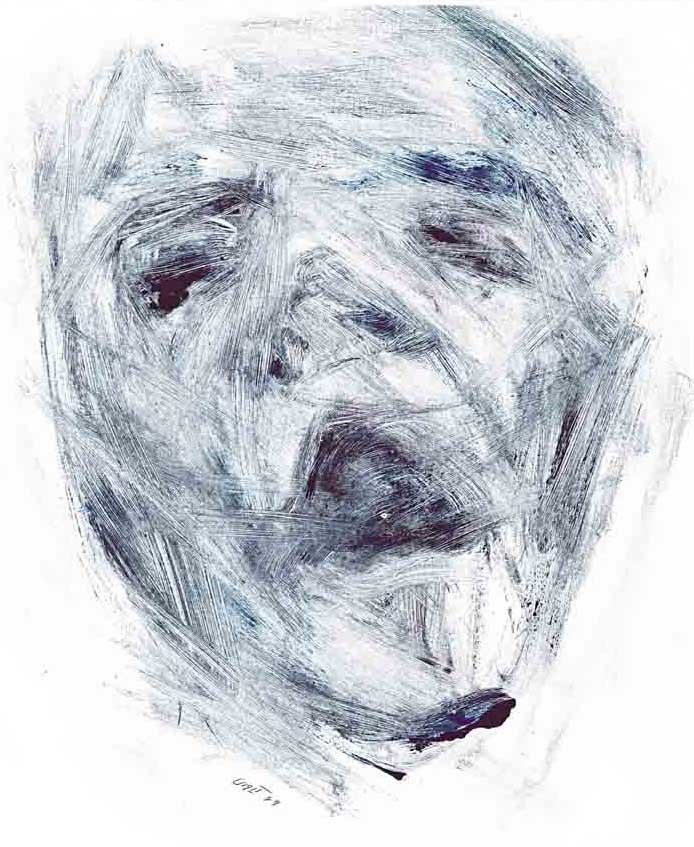
After graduating from the University of Art in 1979 Kayvan started lecturing in the University, but in the meantime he continued his experiments in photography, designing book covers, graphic and decorative arts either to gather experience or earn his living. In 1989 Hassan Kayvan and his wife Shabrokh Golbaz displayed their fruit of several years of exertion in Modern Art Workshop in Tehran – Hassan in painting and Shabrokh in sculpturing – and they met with a warm reception.
After failing to receive visa to travel to France his ardent wish to learn and gather experience – something which he believes amplifies one’s search for information – impelled him to move to Australia in 1991 along with his family in order to continue his studies in architecture. Nevertheless, Australia proved a good ground to accumulate more experiment both in architecture, which he loved from early years, and visual arts. Several months after their arrival in Australia Hassan and Shabrokh jointly received the Randall Studio Award, which was a valuable addition to Hassan’s purse when he was having difficult time in that country. The award is presented every year to worthy artists by a big studio after the death of Randall, the late owner of the studio, who was an old artist in Australia.
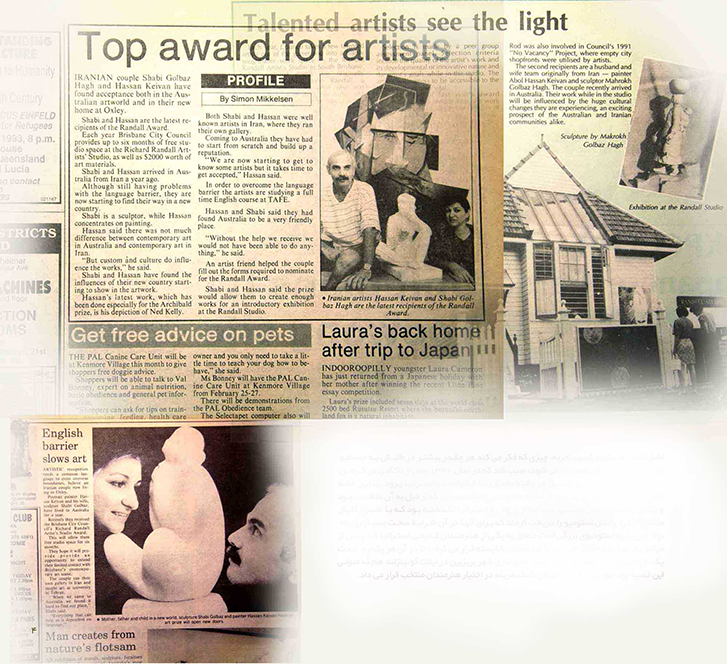

Besides studying Keivan participated in several solo and group exhibitions in Australia including the Nudgee College exhibition in Brisbane in 1992 in which he won the second prize of the painting exhibit. Next year he received the first prize of that college. Although he was working and studying hard he was not satisfied to limit his career in Australia. It was as if Australia could not quench his thirst for further knowledge and experiment.
Says he, “‘Aside from the question of political limitations Australia lacked the cultural wealth to satisfy a person like me who was seeking more knowledge. I had migrated to a relatively progressive, young and beautiful country with people who have a lot of freedom and comfort compared to a third-world ancient country with unbounded wealth of culture.
Australia is a modern country with a democratic background – a melting pot of people coexisting with various cultures and backgrounds – and suitable for various kinds of job. This is why the Iranians have progressed well in that country. France can give birth to various literary and visual arts for immigrants like Germany which is the cradle of philosophy, but Australia did not have that richness and background for an artist like me.
“Normally creativity and mental outpouring happens in a place where you have learned your mother tongue. In other words, the common lingual attraction which the community provides for its children allows them to mentally communicate with each other. Even if you migrate to another country you will carry along your lingual and historical heritage and customs stored solidly at the back of your mind and you will always communicate with your original culture in the align atmosphere. It is as if you are jailed to the country in which you have been born and mix your motherlands’ culture, people and objects with the culture of the new country and paint them as you have been born to paint.
“When an immigrant possesses an inner background yet communicates outwardly with another environment to learn a new language he experiences a new birth in the new environment. In the new country he remains suspended in bewilderment. New words and objects do not differ much with older ones and do not echo in an empty soul. You don’t feel you are alive at all because the words and the objects have not been with you for many years so to be able to cast new character and rebuild and reshape your mentality and sympathies. During the course of repeated incidents and experiments each word in your mother tongue receives a new polish until it displays its ultimate brilliance. You are compelled to learn a new language without thinking about these recast words and talking with your countrymen. In such an atmosphere you seek refuge in your mother tongue and unconsciously translate the alien words with your mother tongue in your mind or find suitable equivalents. This is why we hear that it is easier for us to give birth to new words in our mother tongue. For the same reason we often feel we are a fish out of the water in a foreign country.
“However, as a whole migration was useful to me. When you clash with other cultures you discover the weakness and strength of your original culture. Immigration helps a man with trained eyes to observe the dept of things. The new country is a mirror in which you can see yourself in it. In that mirror you can discover new defects in you and your inner feelings can change too if you have the capacity.”
Although the artist continued his academic education in Griffith College, which is an important academic institution in Australia, and lived in a beautiful country, in the end he returned to Iran with his family because his genius could not bloom in that land.
Upon his return to Iran Keivan was invited to lecture at Azad university. First he began to lecture about painting, but after that he taught drawing, graphics, photography and industrial planning. Although perspective was not taught in the college he welcomed perspective and lectured perspective seriously to the students because he felt it was indispensable for the students and the students always wish to learned perspective. Alongside his academic teachings Keivan participated in several group and solo exhibitions including biannual expositions in the Contemporary Arts Museum.
.
Mosaic
A work known as book ( Mosaic wall relief)
‘Book’ is one of outstanding works of the artist which he set at the entrance portal of the library of Khayyam Park in Tehran in 1997 by using mosaic tiles and to some extent bas relief designs. The elements in the mosaic such as candle, crow (a symbol of awaking in our culture), young and old book readers, the books themselves, and the colors of the tiles expose blue and orange tonality. The colorful passages or different gray shades between the colorful surfaces strike harmony and prominence to the work. The cubist combination of the forms or exhibition of an object from different angles is another feature of the oeuvre.
د.
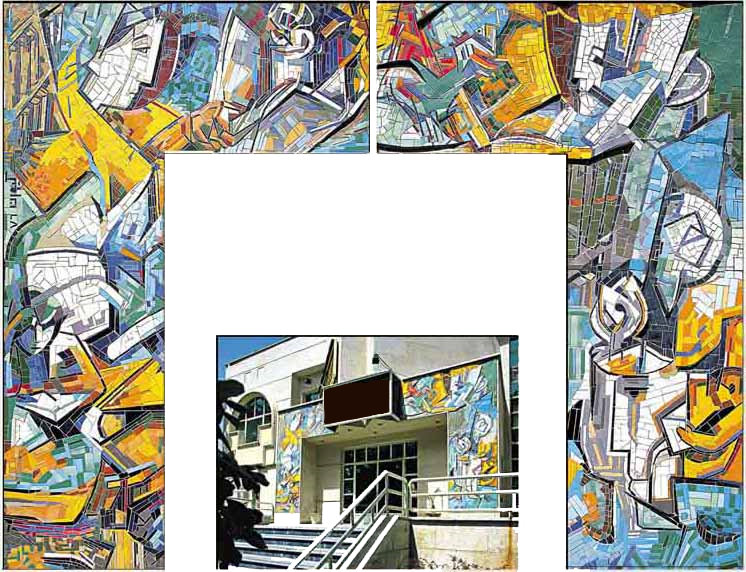
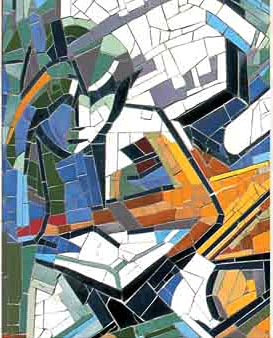
Contrary to his other works one striking feature in ‘Book’ is his inner joy for an accomplished task. Keivan is a steady book reader and has red many books. He says, “I enjoy reading more than anything else.” Then one must not be surprised to note that contrary to his other works ‘Book’ transmits joy to the reader. If we look for time or a moment of daytime in his paintings, we must agree that such a moment is notable in the morning displayed in the relief. I can clearly see the colors of the morning or the play of golden sunbeams in the blue sky at the background when the sun peeps at dawn with all its coyness on the tiles.
4 to 5 years lecturing in the art university and 6 years private teaching for an inquisitive man like Keivan is like stagnation and decay. Although he loved teaching he felt the university did not offer an atmosphere for creativity and diversion to him and to his students. He didn’t think that teaching in private classrooms or the university was a good method to promote art. When he was carrying out the mosaic project for Khayyam Park with his students in his studio he felt he had found the best way to augment his art. In the studio the student is doing a real job which tangible and any explanation which is necessary and the master knows or any question occurs to the student can serve as a basis for learning, but such an environment was not available in the university and he was wasting his time. As a consequence, he left the university and willingly turned his attention to architecture.
Architecture
He thought architecture was a good venue to translate many of his ideas into action. And he was right. Architecture provided him a wider ground to experiment and explore, especially with the method that he and Shabrokh had discovered during their exertions in art. Therefore, his first nine months of study and examination of matters and elements in Kish Island served as a platform for them for further experiments. This experience was a combination of architecture, sculpturing and painting, each of which completed the other two.
Paradise Grotto and Waterfall, a joint work with Shabrokh Golbaz – Hagh
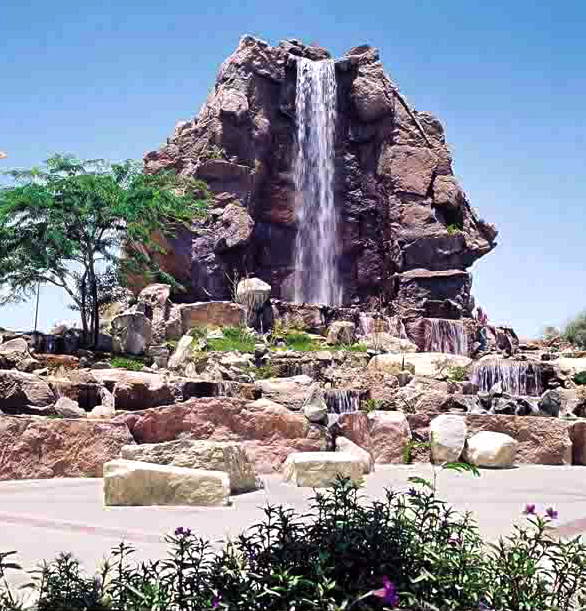
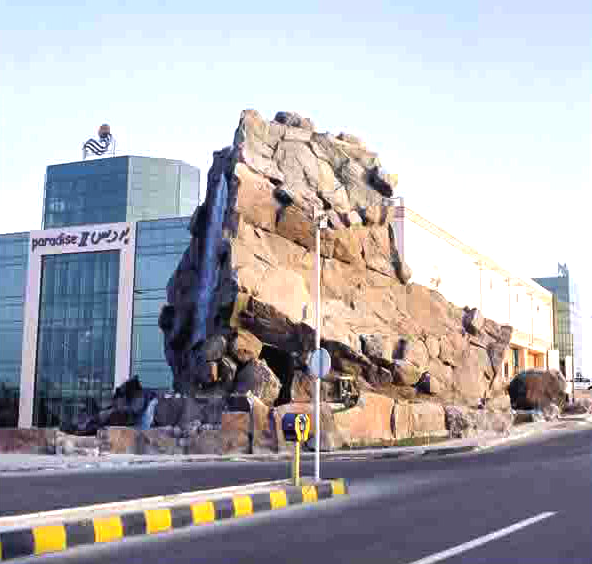
A pretty rock and a natural and lovely cave (grotto) and the lovely landscaping around it, which was designed and implemented cleverly by Keivan and Golbaz along with the Paradise Bazaar in Kish island, was a new undertaking which had not happened in Iran earlier. Usually that which is built as rock or waterfall in parks and squares is a rash and naturalist imitation of volume and nature without an aesthetic knowledge about volume and nature. These are a mixture of rocks and cements which are blended to each other with dazzling colors chosen with unhappy taste, but in the Paradise grotto volume, beauty, nature and the artist shine alongside each other. One of definition applied to art is that it represents nature along with the artist. Such definition can well apply to Paradise Grotto and Kooh-e-Noor
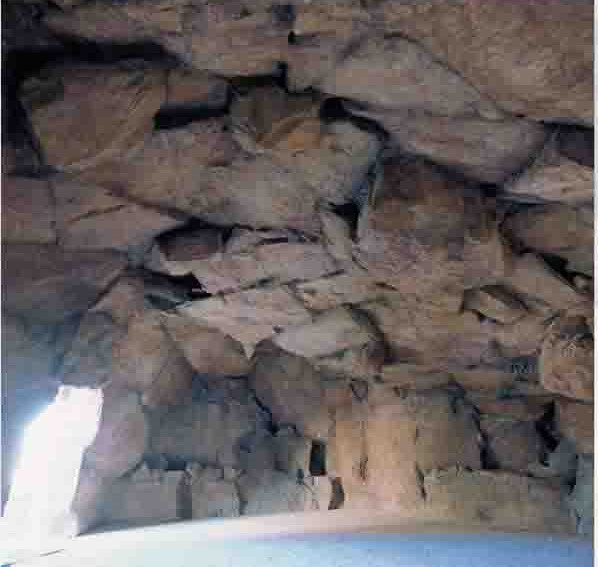
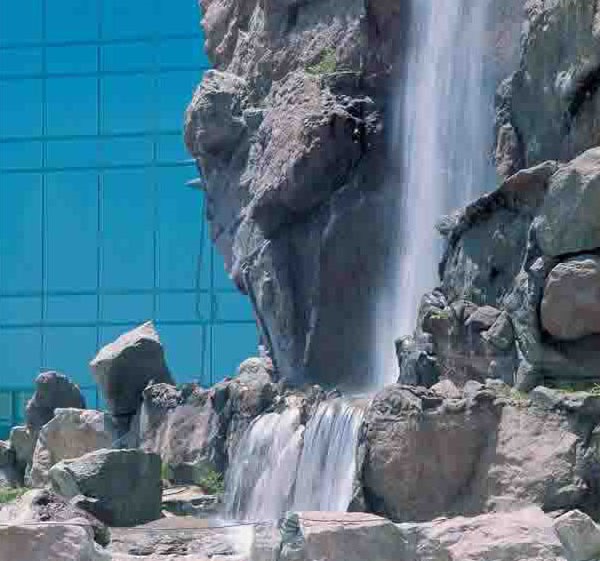
Paradise served as a stepping stone for our enthusiastic artist to bring other works that came across his way to perfection including Kooh-e-Noor in which the peak of maturity of such architecture is notable. ‘The Sails’ statue which is erected opposite Paradise grotto is also done jointly by the two artists and the statues add to the beauty of the complex.
Koohe-Noor– Kish Island
is a very interesting and impressive architectural monument for tourists. It is a rare and attractive rock building in Iran and the Middle East. It owes its beauty and charm to the creative plan and clever implementation of the work by our artist. I have heard similar remarks about the work by Iranian and foreign architects who have seen the edifice. One can notice different tastes
among travelers and the people starting from the presidents of states down to ministers, government officials and the guests of the Kish Free Trade Zone. Iranian mayors as well as thousands of Iranian and foreign tourists have issued a single verdict about the monument: it is matchless! Such a description of the beauty of Kooh-e-Noor is genuine, it is real.
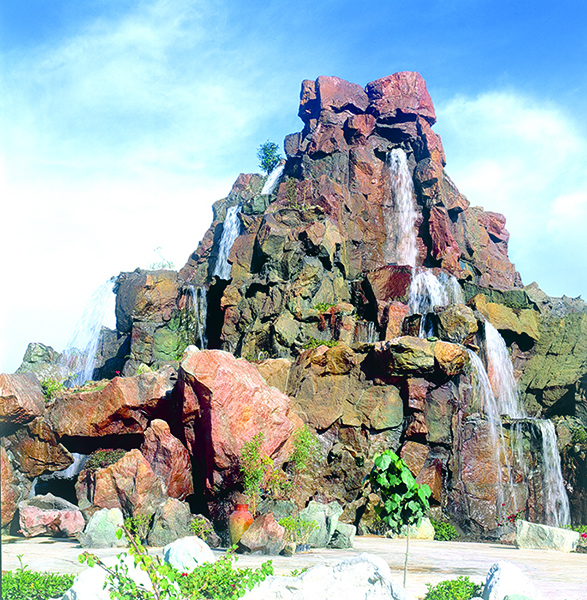
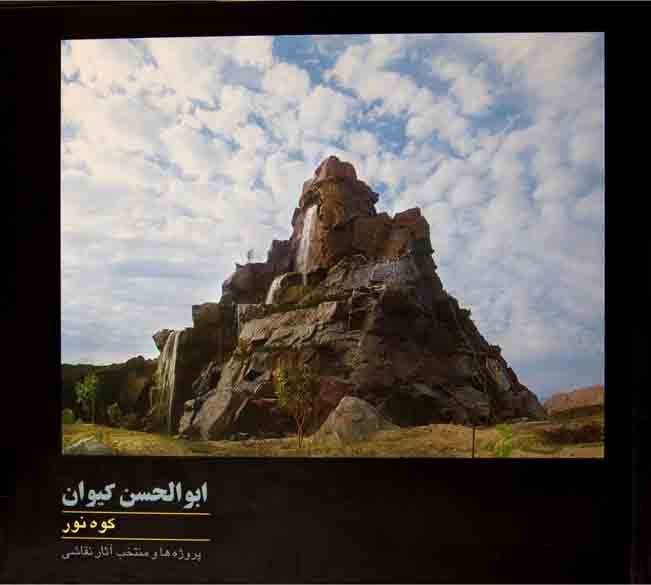
Those who are artists and those who are not have confessed to the beauty and strength of the man-made rock. One can treat Kooh-e-Noor as one of the most splendid or perhaps the best monument of that category in this country up to the present. Keivan says he has used all the knowledge he has gained up to that time to raise the structure. For certain reasons the artist has been involved both in art and industrial projects from his juvenile years. The experience he has gathered in the construction of several industrial buildings helped him to easily solve the technical problems which he encountered during the construction of Kooh-e Noor (such as structure, utilities and the gate for the rock).

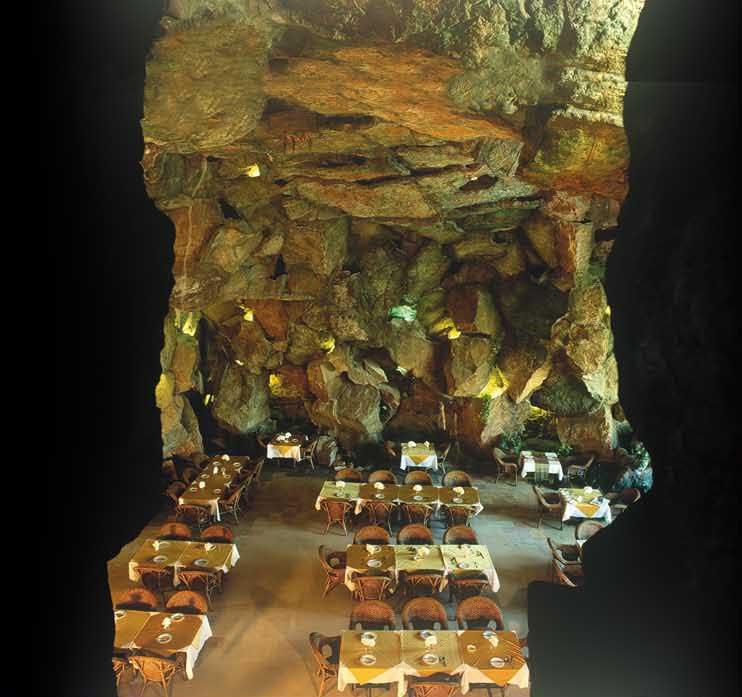

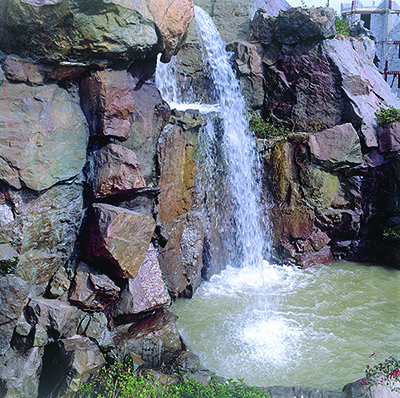
One of the facts which have made Kooh-e-Noor so loveable and charming is the blend of architecture, sculpture and painting, or better to say the artist has profited from all capacities of expression in these three visual arts, an opinion which was expressed by Walter Gropius, the prominent architect and founder of the famous Bauhaus school. Gropius believed that in the past visual arts formed a vital and indispensable part of architecture. True architecture in the past was in fact an artistic hall or chamber in which sculptures and visual arts complemented each other. But in the present age the sculpture cramming such chambers give you the impression of rough rocks and the weight of piles, as if a strong man is carrying a load beyond his strength. From another angle these sculptures look like reliefs allegorically trying to represent Farhad, Hercules or Atlas, and they fail. But thanks to our artist’s focus on the meaning and role of his painting and monotypes his statues represent the pain which is imposed on man.
Besides sculptures, and paintings the plants and trees have been calculated in the static volumes of the rock. Keivan says, “I regard the rock as a volume and not a building. Of course the rock is a structure but it is the relationship between aesthetics and static volume that matters. When the sculptures inside and outside the rocks are mixed with the paintings inside the rock (cave) it produces a harmony in architecture and is expressed in the best manner.
Simultaneously with the inauguration of Kooh-e-Noor in 2005 Keivan published his third album called ‘Kooh-e-Noor” In this album both Paradise and Kooh-e-Noor are presented. One good point about this precious album is that it was published by the company who had built the Kooh-e-Noor. I hope such books will be published by other companies too.
Shahr-e-Raz Grotto and Waterfall -Shiraz -2005
This is another work from the artist that follows the same style. The rock and the cave are set at the entrance of Shiraz’s Bazaar (hotel & shopping center) and the work is called Shahr-e-Raz (The Mystery Town). Shahr-e-Raz is located at Rudaki Street in shiraz and is a lovely site for the tourists to view. The people who want to climb to the restaurant in the second floor must enter a cave which they might doubt if it is man-made. There is a fountain in the cave from which a boy, holding a stick, is drinking water. The statue of the boy inside the cave is a combination of golden bronze glazed by azure blue. This color has a gentle contrast with the boy’s brownish gold body. Those who want to climb to the summer restaurant on the roof of the shopping center must mount the lift inside the grotto. While they are waiting for the lift they have time to enjoy the beauties of the grotto.
The lift shoots out of the grotto’s ceiling, and climbs above the grotto behind a waterfall that pours its water from above the grotto. Seeing such a scene is a happy surprise for folk who want to go to the shopping Centre for shopping
.
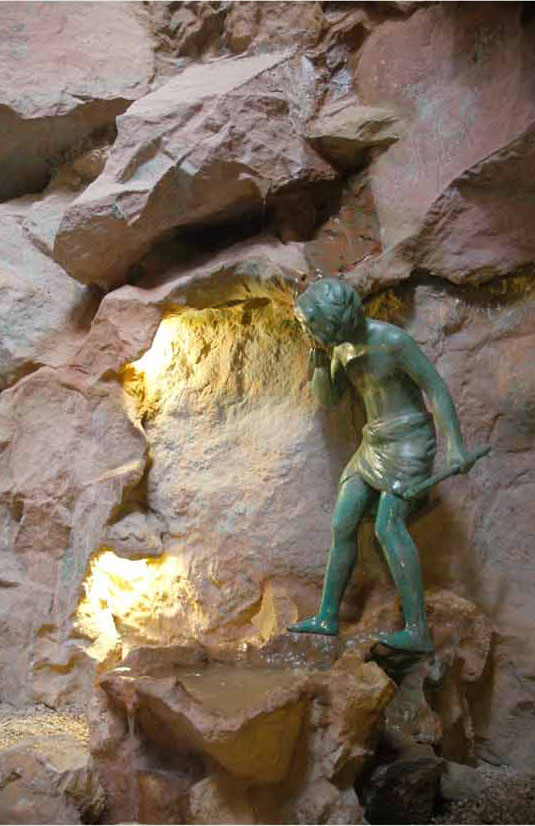
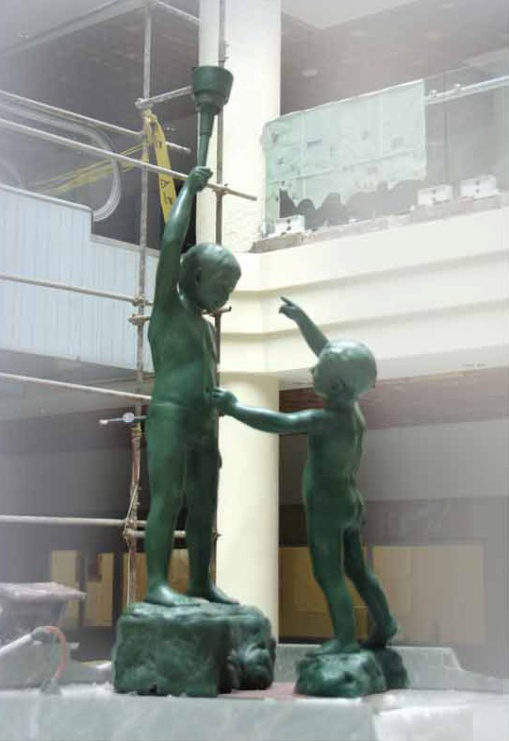
The volume inside the grotto and the waving images on the wall, the lights issuing from the cavity of the holes, which illuminate the grotto impressively, the statue of the boy and the sound of the water strikes like a song uttered by the rocks and not by words.
One can see the statues of two boys, made of fiberglass, in the lobby of the shopping center. The elder boy is holding a torch over his head and the younger one wants to seize it. Fire issues from inside the torch. Here too the artist has benefited from his technical experience to solve the technical problems associated with the torch.
Aftab-e-Shadi (water park) in Mashhad– 2007
When we study the hundreds of pictures and films Kayvan has taken about the method of the construction of the Aftab-e Shadi Park in Mashhad we conclude that the artist has been successful in his almost three years of effort to develop a feeling of natural atmosphere, wise arrangement of elements and pleasant volumes. When he was working in Mashhad he continually took pictures of the water park to study them in the evening and to see what he had to do in the following morning.
The atmosphere in the water park, which looks like a big cave (grotto) with giant volumes suspended from the ceiling or rising from the ground, is a natural and delightful panorama. Therefore, the artist’s goal of giving joy to those who come to the park for exercise or recreation in an artistic and natural environment has been fulfilled. In fact you are stepping into a gallery or an art exhibition inside a big cave and not an ordinary water park.
Kayvan says, “Everywhere around me – in the streets, in the bazaar, parks and town squares – I can see marks of disharmony, carelessness, and rash work and planning, which is hurting me, whilst there are solutions for the defects which can be done at no cost at all. Such improvements can not only bring beauty but will be remunerative. In other words, such ugly scenes can be easily erased. It needs a little thinking, a little commitment and finding the right expert for works with ample experience in the specific field. Some people do not even know that the added-value for artistic works is several times the gain we make from other works. The main problem is that many authorities do not notice the ugly scenes, otherwise it would not have been built. And when you point at the ugly scenes they look at you puzzled because depicting beauty and ugliness is a task which calls for knowledge and training which one acquires from the primary school upwards. Possessing knowing eyes is not enough. If there were eyes to see tenderness and beauty a considerable part of these inconsistencies and rude scenes would not have been produced.
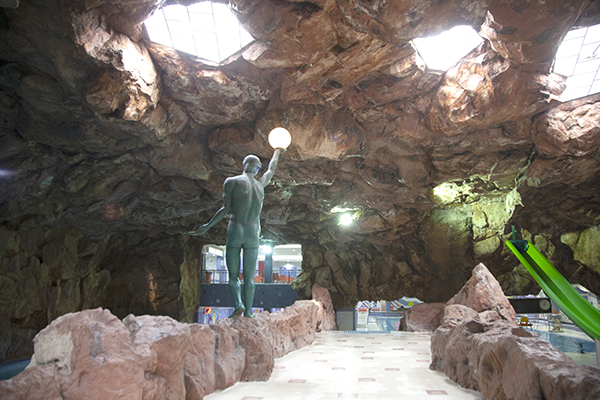
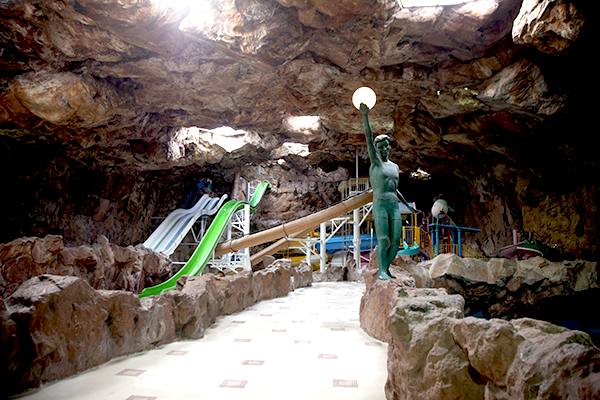
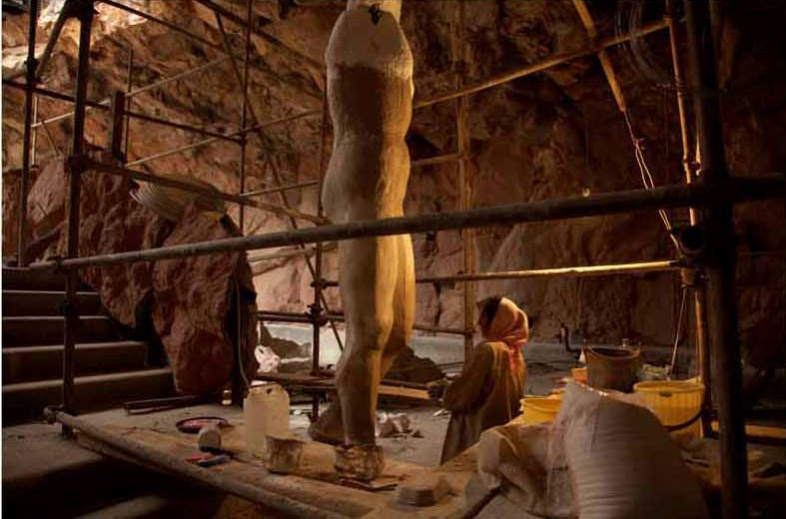
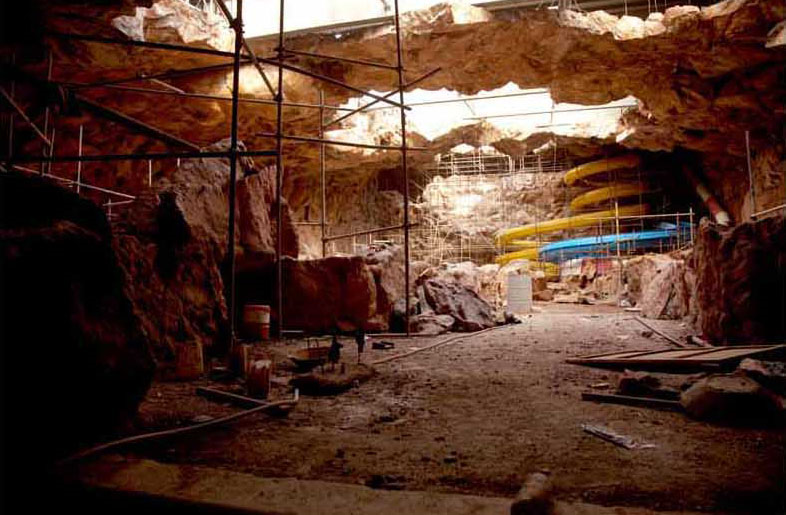
“Therefore while I was working in the park I had an opportunity to give the people a part of what they needed. Aftab-e-Sahdi Water Park is a public place where hundred persons visit every day. In such projects doing the right thing and beautify the park is my most important duty. It is the best opportunity for me to display part of the beauty and art to the people. Genuine art burdens the artist with responsibility. Surely if an artist works with commitment and awareness in such places he will impress the people and will teach them to learn aesthetics.
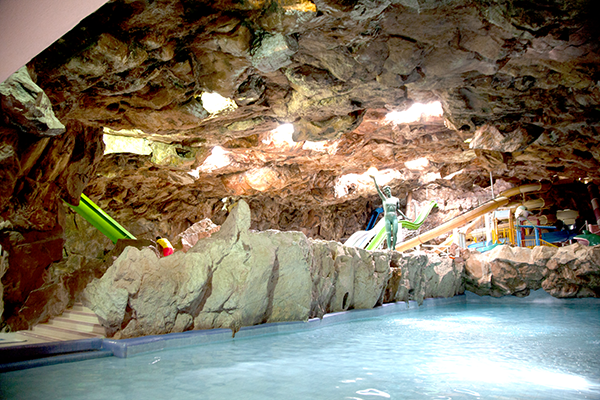
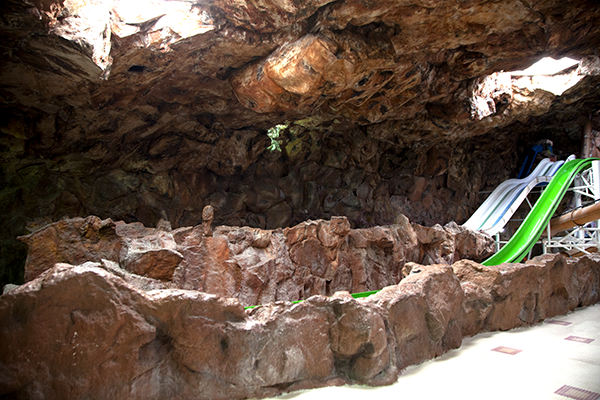
“To me it was a sort of exhibition in a natural cave. On the ceiling, on the walls and in each corner of the park I set an abstract volume or figure, such as Anahita’s statue on the wall or two figures in front of the staircase. Two tunnels have been built on the calm river flowing in the water park. Some scenes in the park are aquatic. During the construction of the tunnels I looked at them as artistic volumes and as a consequence I worked a lot on them. The design and construction of the ceiling of the big cave or grotto and creation of beautiful volumes matching other works was the most difficult part of the plan. But the ceiling of the grotto is now one of the most attractive parts of the grotto or the so called water park. Throughout the park I have tried to approach the artworks like the path which the people thread, the waving swimming pool, the surrounding cave and the waterfall at the end of the park with a creative perspective.
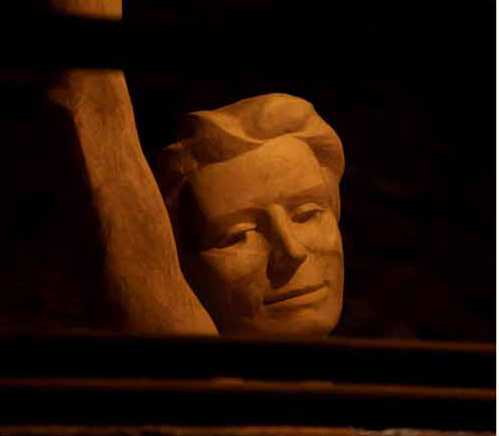
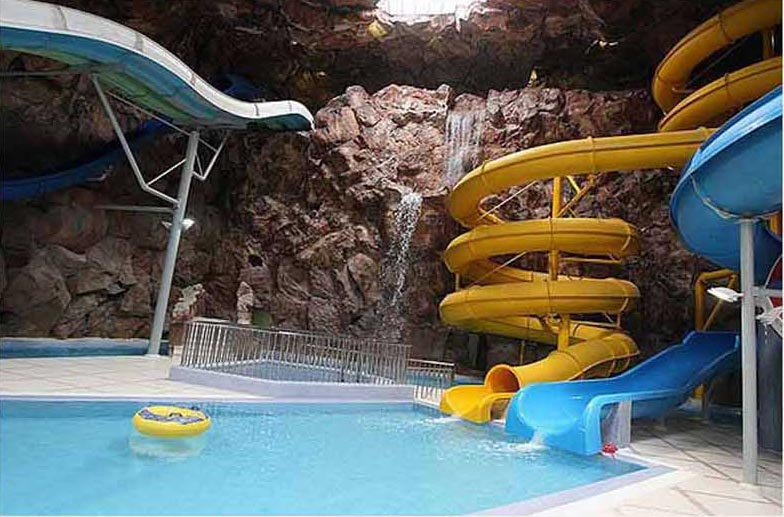
“I started the designs of Shahr-e-Raz in 2007 and the work continued until autumn 2000. The design and the implementation of the project was a complicated and painstaking task. My main problem in such projects is with investors who are little acquainted with art and aesthetics in general. I don’t find fault with their small knowledge of art. I too am not an ophthalmologist and cannot cure the eye, but the problem arises the moment when it occurs to the owner of the property and supplier of capital that he has a right to comment on every subject or interfere in everything, which often happens and leads to disharmony and chaos in the working environment.”
The beautiful statue fabricated by Shabrokh Goldbaz on the brink of the waving swimming pool represents a sportsman. Water flows from one of his hands the other hand hold a lamp. This charming statue complements the beauty of the water park. Here one can feel that architecture and sculptor are suitable components and produce a better artistic environment.
Anahita, the lady of Persian Gulf waters 2010
Presently Keivan is working on two projects: ‘Shirin and Farhad’ and ‘Anahita”. The designs for these.
Years ago when the artist finished the Kooh-e Noor project he was designing the ‘The Lady of Persian Gulf Waters’. The idea occurred to him while he was taking a walk at the beautiful shores of the Persian Gulf to rest after his daily labors. He was always worried about the pollution and destruction of the beautiful sea and he is still worried about it. He had to protect the waters one way or other. The Iranian mythology which says Anahita is the mother and guardian of the waters mixed with hit anxiety and gave birth to a project which took 8 years to materialize as a really precious architectural monument.
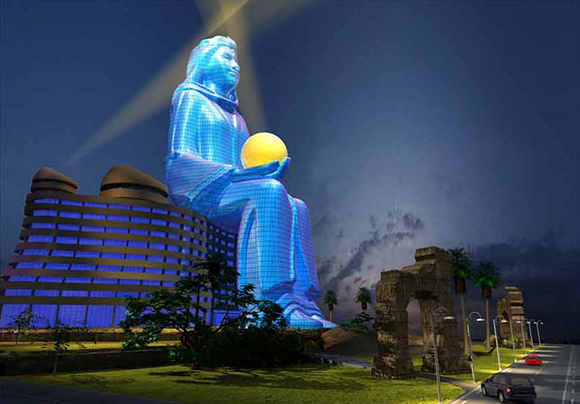
Keivan made more than 150 designs to shape the work in an agreeable format. He built one sculpture and Shabrokh Golbaz built two until the artist could develop an acceptable form for Anahita to meet aesthetic standards. Based on the designs and statues two animation films and a
replica were produced to give the project its final shape. Right now the artist is preparing the executive plans (layouts) for the project.
Anahita and the hotel under the statue cover an area of 110 meters. In this project the combination of architecture and statues has progressed to its ideal form – a project which the artist believes can help architecture to achieve its true dignity. As mentioned before Kayvan has worked 8 years on the project out of which two years was carried out in a continued and focused form in order to develop the project to the present acceptable form. To give a better introduction to the project I will mention some of the writings in the catalog related to this work which contains various pictures too.
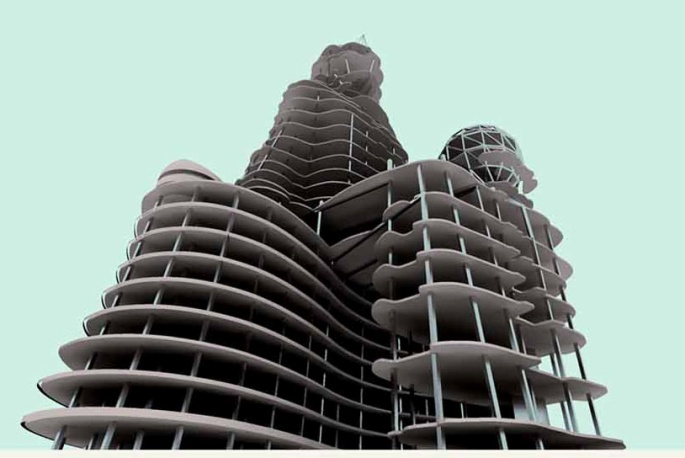
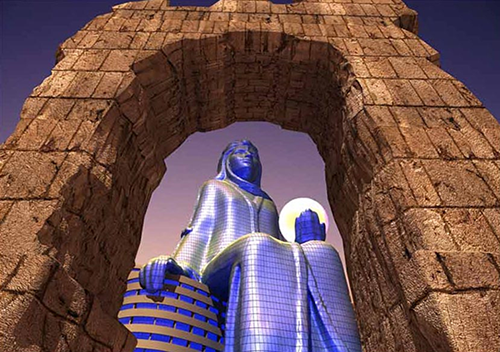
Sculpture of Anahita 15000 m2
“The area under construction for the statue of The Lady of Persian Waters and the hotel below the statue covers 15,000 square meters. The Anahita complex covers an area of 40,000 square meters with a built in area of 56,000 sq. m incorporating a hotel, the giant Anahita statue, the statue of a mermaid, two big rocky islands with reliefs of a chariot driven by four horses, a water park, an amphitheater, a movie hall, physical sports halls, chambers designed to be used as galleries and international auctions, various stores, rocks suitable for mountain climbers and different types of waterfalls, set in a quite natural landscape.
One of the outstanding features of this complex which distinguishes it from similar projects is the giant Anahita statue. Water has always been a precious matter in our ancient country and such worth is notable in a unique myth known as Anahita. The lady of the waters who protects the waters is a symbol of purity and beauty. It is in the tradition that the statue was bigger than all the waters on earth. Impressed by such historical/Iranian myth and the beautiful waters surrounding the island, the statue will be erected at the entrance of the hotel. From the point of view of height Anahita is the second biggest statue in the world and is the only statue whose inside has been designed for its specific purpose.
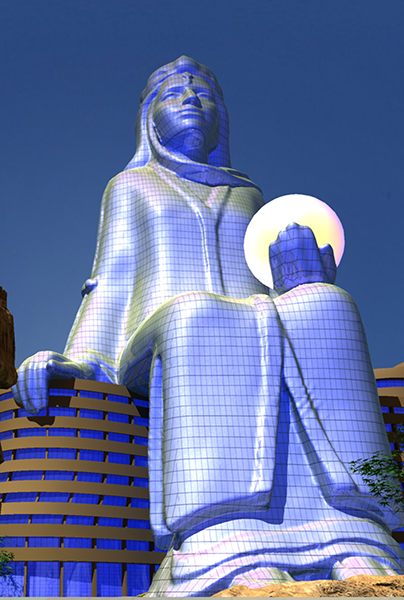
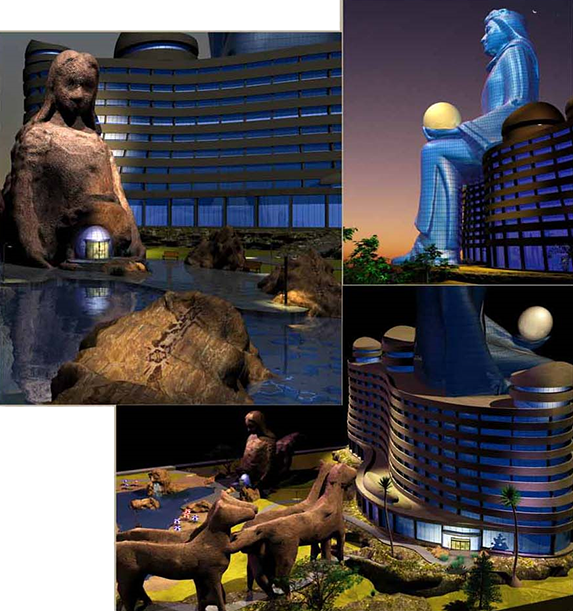
Set in front of the hotel the statue seems to be sitting on a giant rock. The combination of architecture and statues and modern and natural elements is a novelty which has taken shape in this complex. The height of the statue is 96 meters and covers 25 stories, each story designed for its particular use. The building is so enormous that can be seen from distant spots in the island and the surrounding waters.
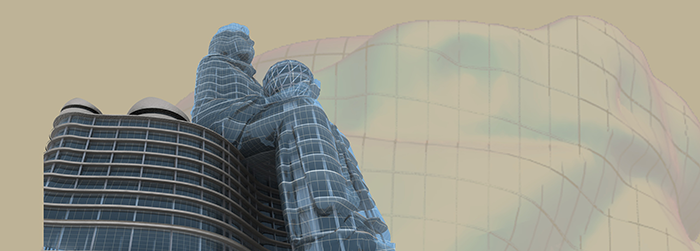
Arman promenade Mashhad – IRAN – 2015
Exhibition of Nature and Art in Arman shopping center
Theme: Grottoes – Sculptures – Rocks – Waterfalls – Thunder & fire on water
Designed & implemented by: A.Hassan Keivan – Shabrokh Golbaz Hagh
Arman central promenade is a new and creative artwork. It is a combination of architecture and visual arts, being unique at least in Iran.
Caves, rocks and natural waterfalls are usually located outside cities and in some cases they are hardly reachable. Constructing Arman Promenade, we provide people a chance of enjoying purity and peace of nature; but, this time we brought nature to them, in heart of city.
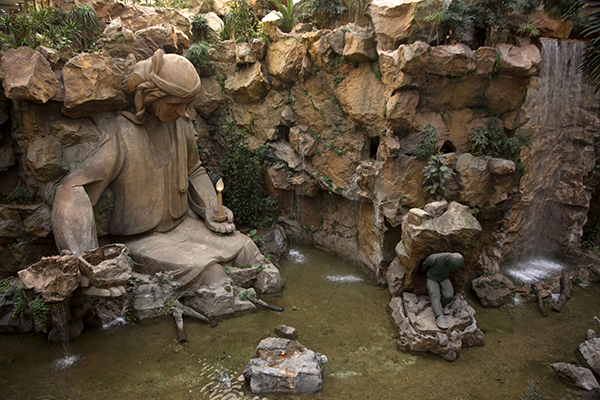
Sculptures
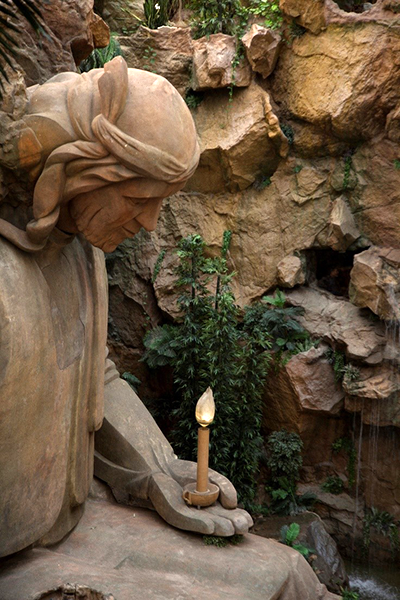
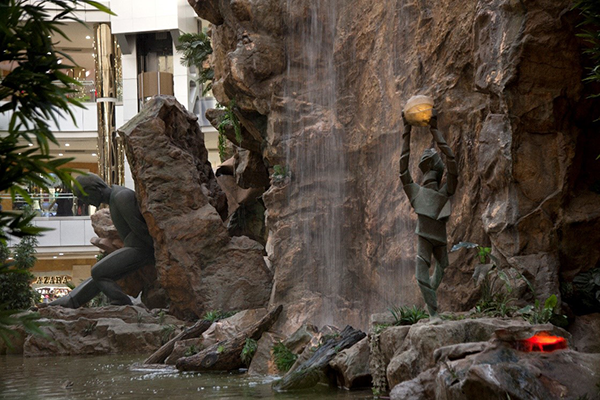
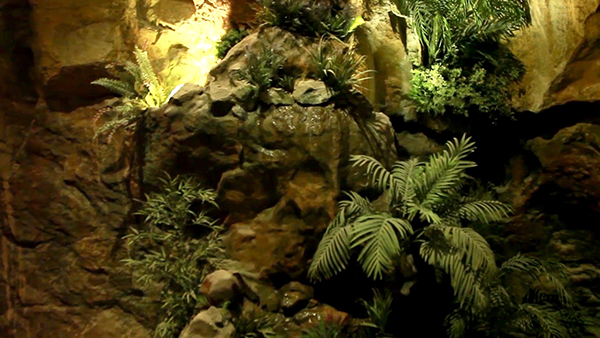
The Great Wiseman, who has been appeared in poems, literature and mystical contents, points to great men who did their best and put their whole life on recognition of human and also gaining knowledge and thinking. His cloths, pants, hat and turban are symbols of domestic cloths of people in old Khorassan.
The burden of responsibility Statue
This statue is a symbol of that heavy load which has been carried by human: load of responsibility than himself, other people and nature.
Sculture of the Girl (Reihaneh):
A very young girl, who carried a light, is a symbol of growth and development, mobility and youth. The light in her hand and the way she carries the light shows movement toward enlightenment and light of knowledge.
Sculpture of Speaking Man:
This statue is located on the 1st commercial floor. He is a kind man with a smile on his lips. If you search and find him, take a seat beside him, ask him to tell you a story; he will narrate a story for you.
Caves
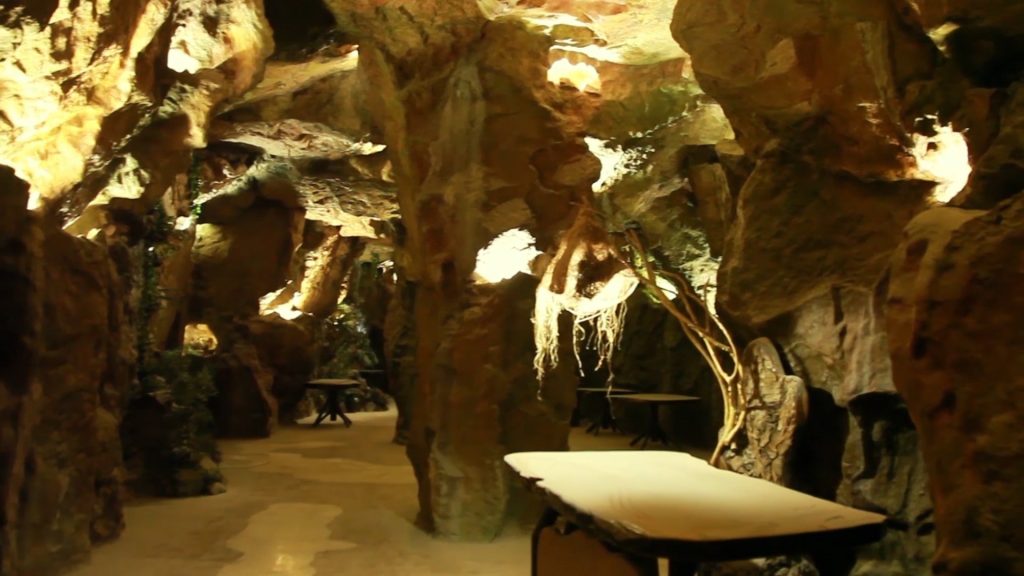
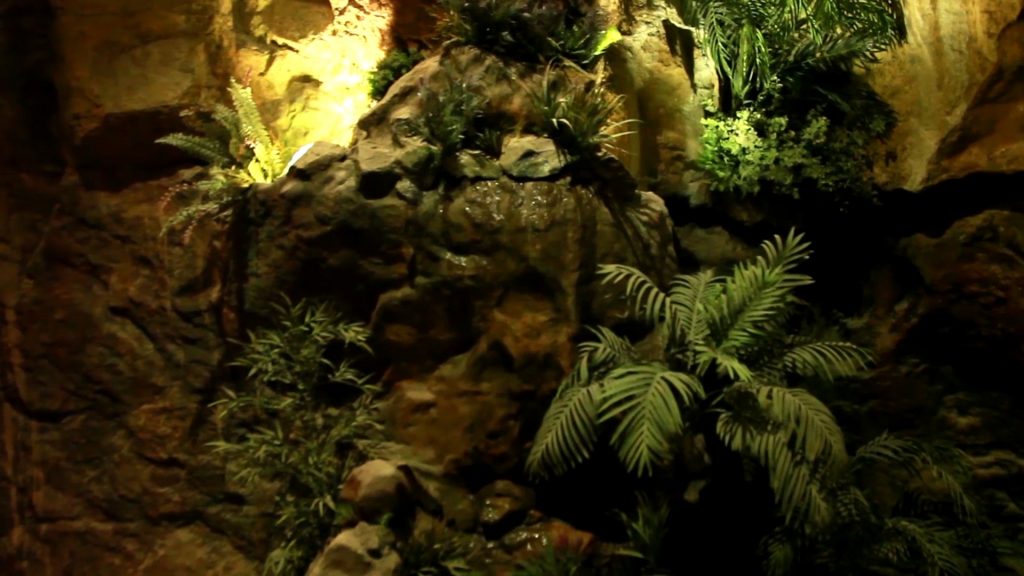
One of the greatest attractions of this complex is its caves, being located behind rocks. These caves, each have a special view, attract your eyes. In entrance of the ground floor cave, there is a water spring, opening its way amongst stones. Stone door of the cave, weighing about 2 tons, opens automatically and reminds you ancient myths.
If people look at its surrounding nature from this window of this art work, surely he enjoys nature and he will find a new sense of respect than his surrounding trees, plants, mountains, rocks and totally, than nature. This is the secret of art.
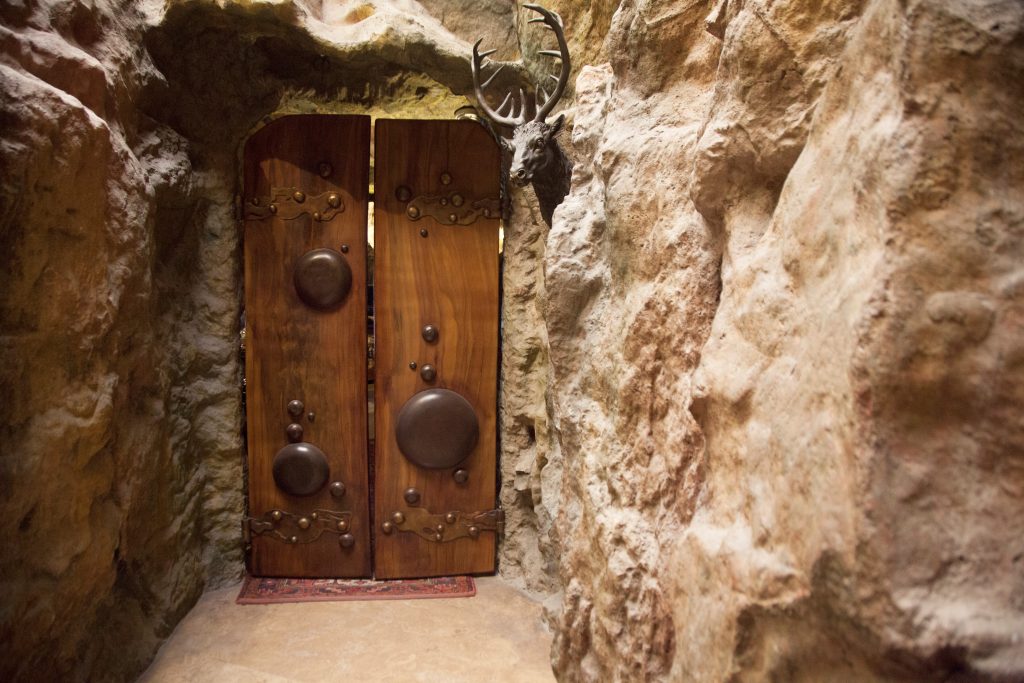
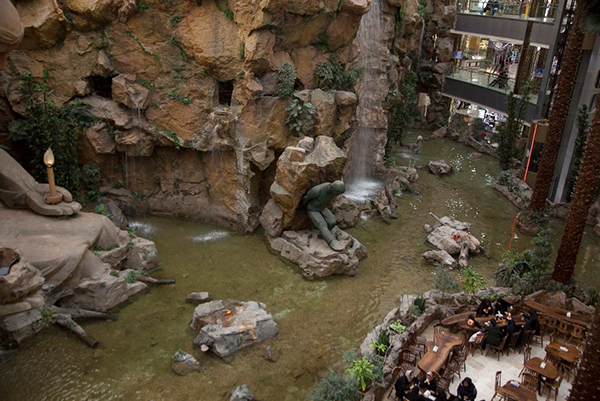
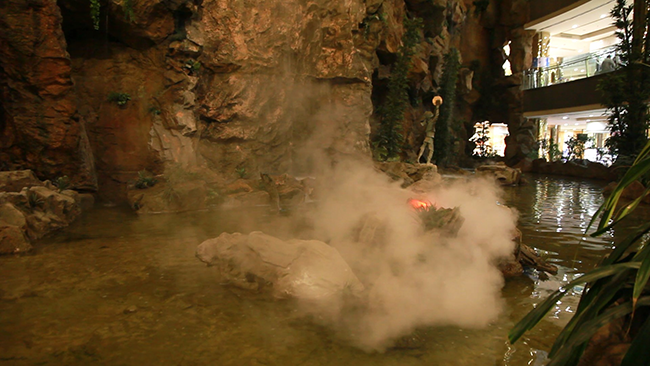
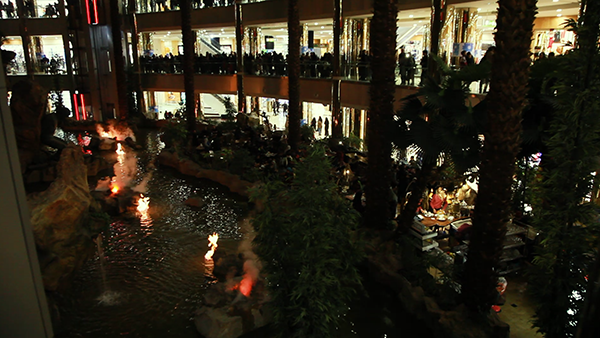
Publication of works
‘Here, the Birds don’t Sing’
He published his first collection of works in 2000 in an exquisite album entitled ‘Here the Birds don’t Sing’. The album was received very warmly by art lovers. His works in the book consist of drawings, painting, monotype, oil color, mosaics and reliefs. Part of the book covers the Paradise Grotto in Kish and two reliefs (relief mosaic tiles) in ‘The Book’ and relief of ‘Wheel’ in Tehran Harekat Hall. The album has been translated into English and French and displays the inner path the artist has chosen and his achievements. The works are arranged with an eye to their meaning, the date the work has been done, and the techniques applied. In this brief article it is impossible to examine all the works in the ‘Book’, but an example can shed light to a great part of the work. In a painting in the first page of the album called ‘The Boy in blue Shirt” the artist follows the impressionist style, and in the portrait of a young man entitled ‘Yet Another Departure’ at the end of the album he resorts to acrylic technique. The flat surface presented in a wonderful form seems to have been inserted intentionally in the beginning and end of the album
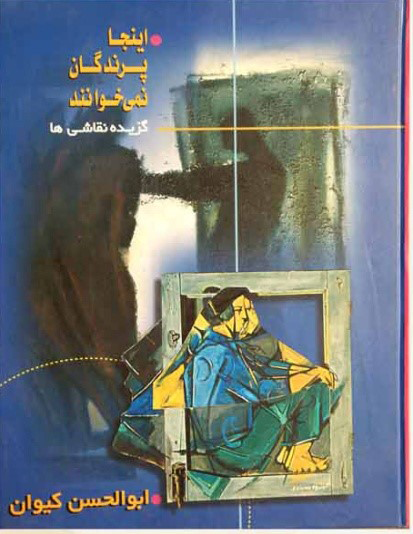
The pride and confidence notable in the boy in the beginning of the album cannot be found in the face of the young man in the end of the book, which seems to represent the artist himself. The young man at the end of the album, with his narrow and oblong face, looks a bit tired at the beginning of a long expedition, pathless, ambiguous and winding, as if the youth has stepped into a wasteland or limbo. There is not even a branch or a thorn to show the path he means to tread. He seems to have been flung into nothingness outside time. In the first painting one cannot see the bright colors of the boy’s radiant face and clothes and the fresh green background.


The young man looking at us and waving his hands with a bit of bitterness in the end of the album seems exhausted and subdued. Apparently he leaves behind whatever he owns and seems determined to travel to an unknown place. The paintings in the album are produced with several layers of simple colors and several dark deft touches. The diverse meaning of the works which is the result of the allegories leads us to different definitions one of which has been mentioned here. And the paintings address a large audience.
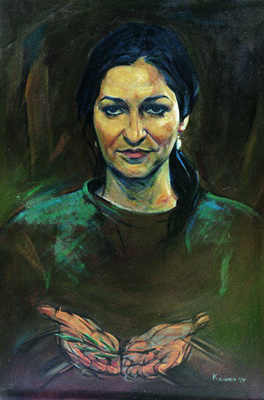
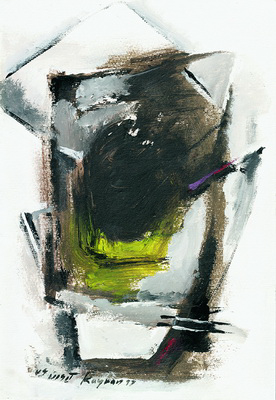

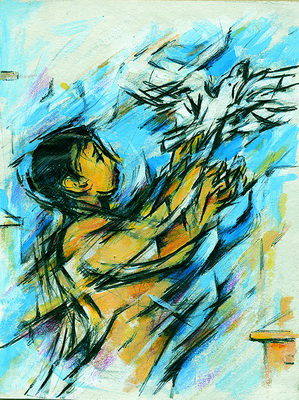
Monotypes
Keivan’s second album is a selection of monotypes. Monotype is a sort of painting on the glass. As the word implies monotype is printed once on the glass.
sums up this book as briefly as possible I would say that the album depicts ‘the story of human agonies’. It reflects his perspective and treatment of nature.
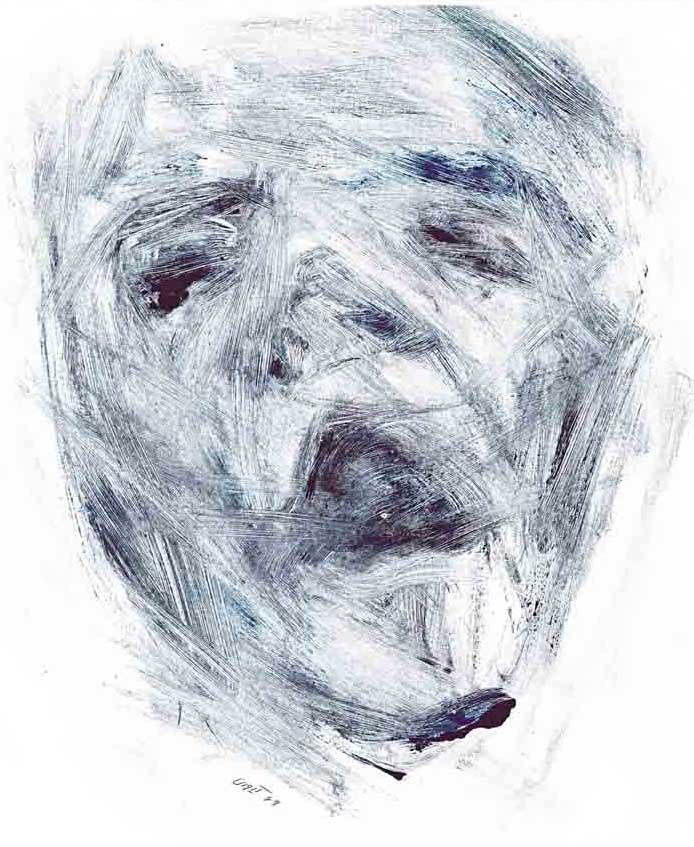
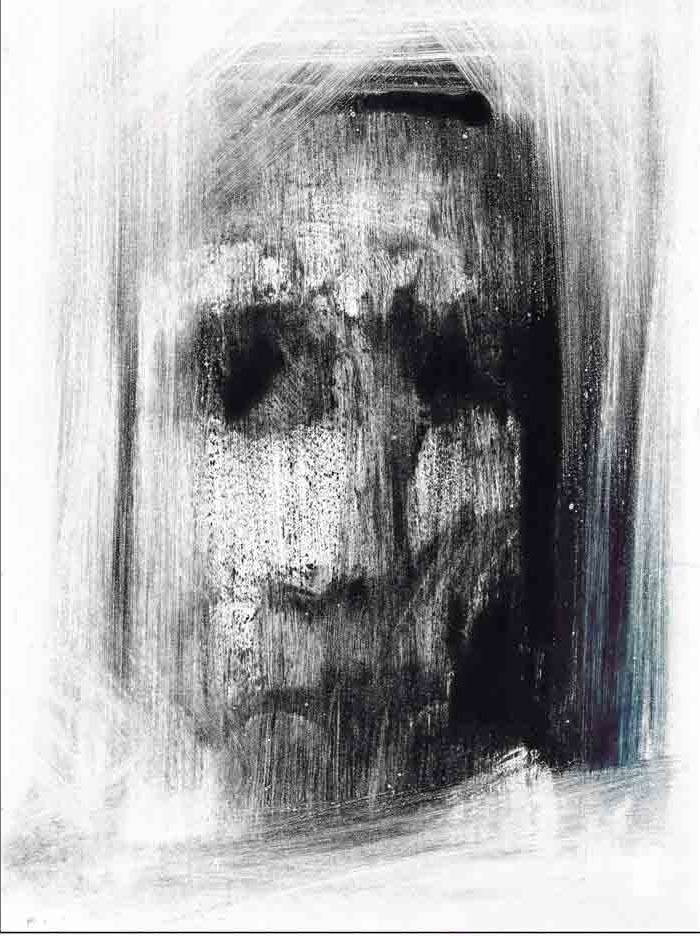
In these paintings Keivan exposes the dark side of the society or things which escape unnoticed. And he displays such pains with the language of the eye. His language is bitter because he talks about darkness. He knows human agonies and he experiments many subjects and techniques to display the pain. He even resorts to poetry. But as he himself confesses he is not satisfied with his monotypes. “To me monotype is a vast world in which I can experiment different techniques and tackle different subjects. I have just started to find the right angle to look and find means to take my shots. I must work for a along time in this field, of course if my meager purse permits.”


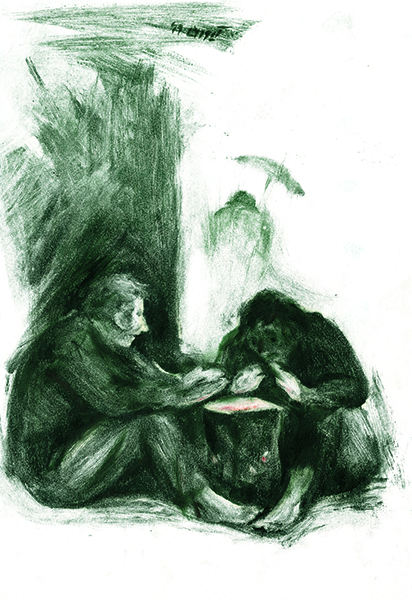
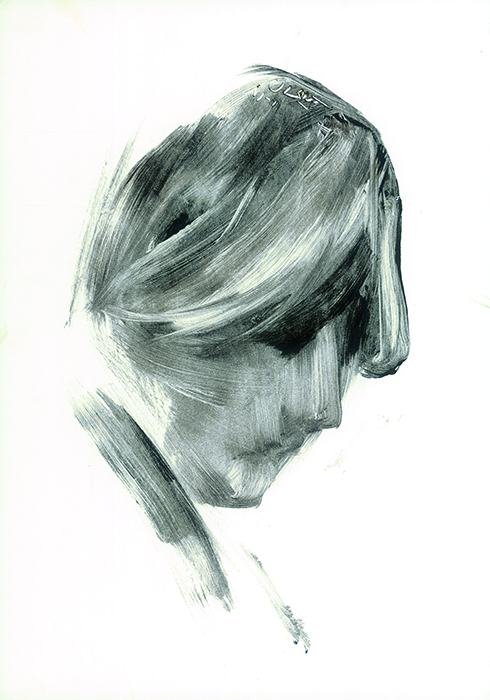
In the monotypes his brush is so personal that he is almost abstract, but still a sort of ambiguity lingers in the background. In a painting entitled, “The Truth about Us is Hidden in this Silence’, in page 51 the painter portrays the ghastly skeleton face of a woman who looks at us with indignation and disappointment. The portrait, as if drawn in a few moments, has been produced by a few quick touch of the painter’s brush, or perhaps he didn’t mean to paint anything at all. A woman turns back to look to us out of deeply sunk holes or empty eye sockets in a pose as if she is blaming us for her sufferings. We cannot tolerate her look – a look which reflects hundreds of centuries of pain. In her silence we can trace the repetition of painful shrieks echoing from ancient times. The skeleton stands in a dark cave.
Kooh-e-Noor
Simultaneously with the inauguration of Kooh-e-Noor in 2005 Keivan published his third album called ‘Kooh-e-Noor” In this album both Paradise and Kooh-e-Noor are presented. One good point about this precious album is that it was published by the company who had built the Kooh-e-Noor. I hope such books will be published by other companies too.

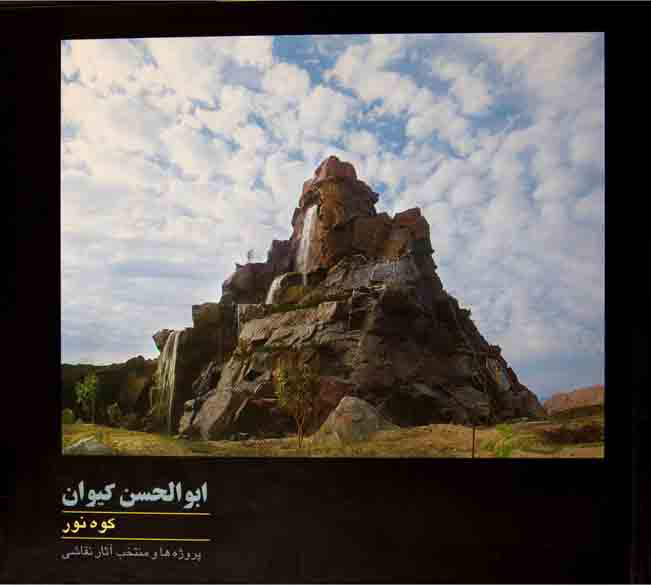
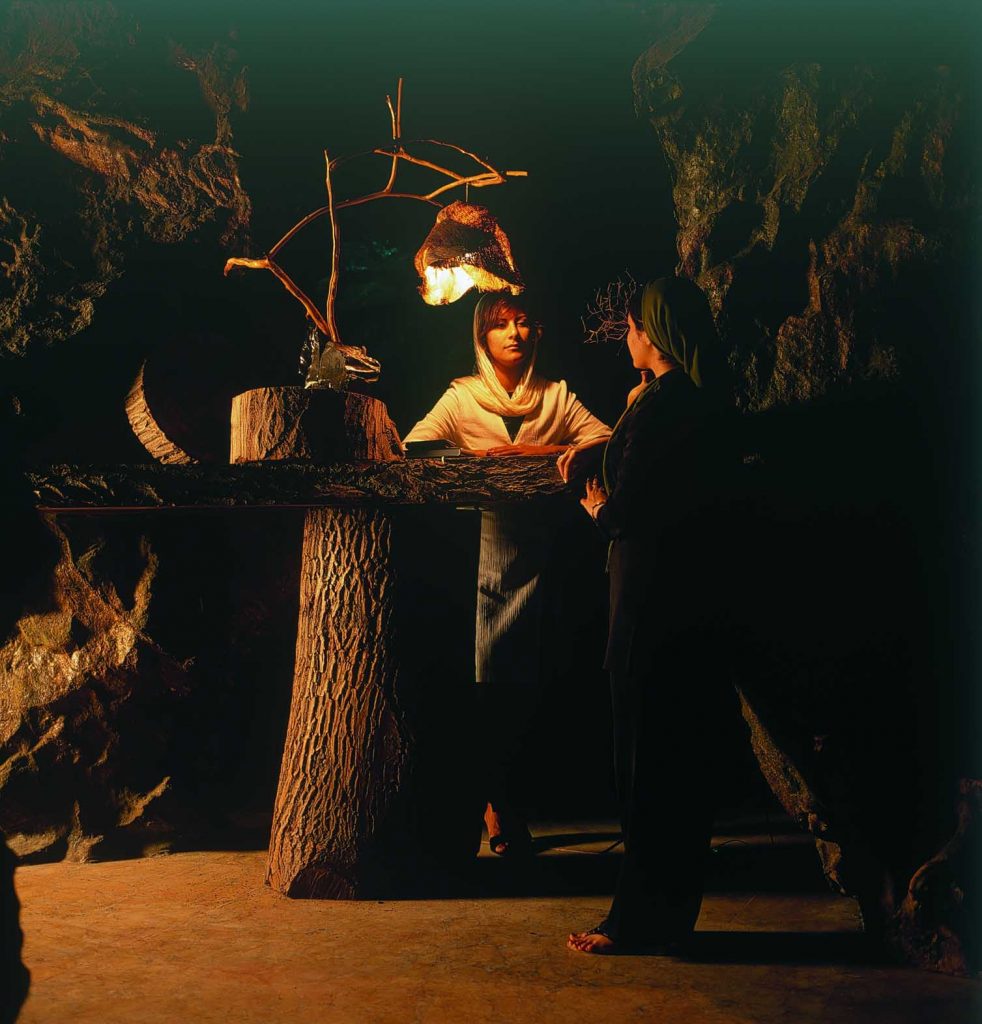
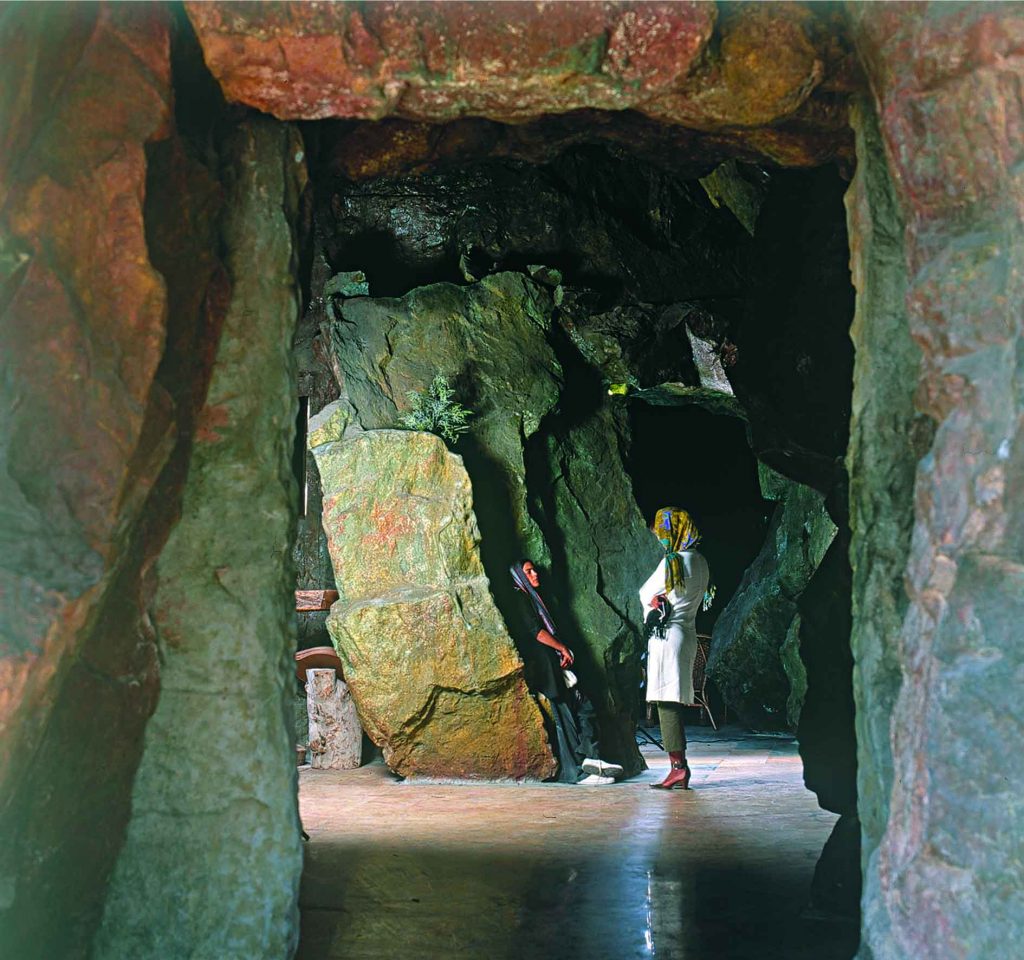
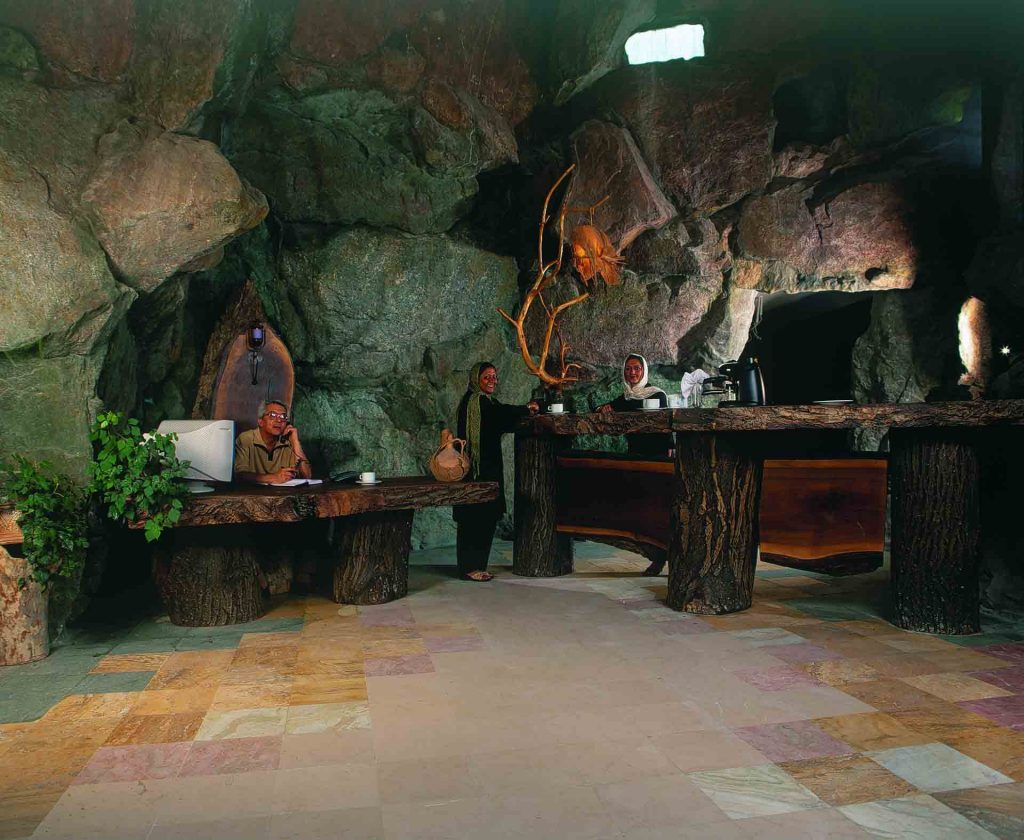
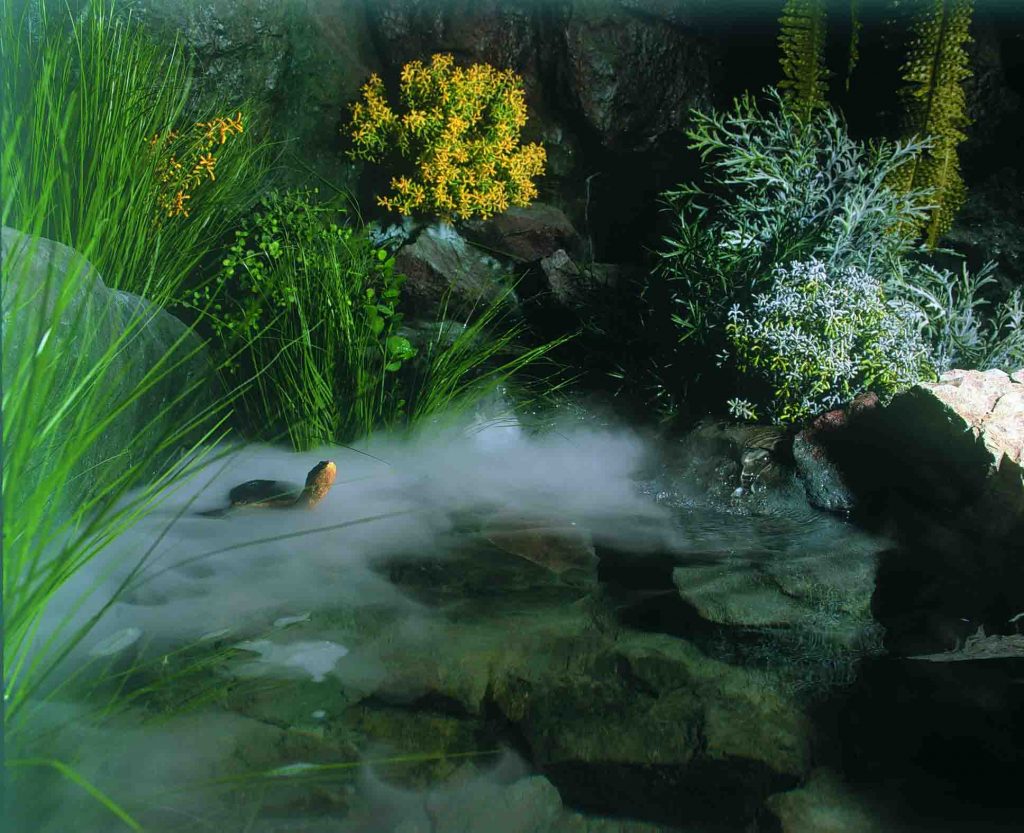
Life is Something Else
Life is Something Else
Keivan’s fourth album, ‘Life Is Something Else’ which saw print in 2004, has been allocated to his recent drawings. The album opens with a beautiful preface saying “I Love drawing”. This is another preface by the artist about art in general and drawing in particular in which he describes his allegorical language quite clearly and can perhaps be treated as his new manifesto. If you have carefully studied the review of his former works and have discovered his approach to things beneath his works you will see that this preface differs to some extent with his former presuppositions.
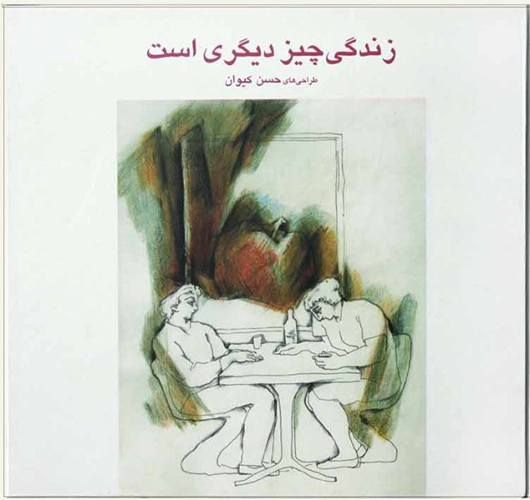
Although he considers social realism as the best method in art consistent with his feelings and doctrines, he welcomes other methods too. “Art in its sublime form means harmony of visual elements and nothing else. I think an art which doesn’t suggest an idea in its format is meaningless. As Hawser says there is a window for such works which allows you to look into a scene from inside the work. I am fond of philosophical and social meanings and its language, but my biggest problem is the method of presenting my work. Shamlu believes that art takes form in its language. I too always search for a suitable language to express a general idea or theme. But occasionally I fail because art is a difficult job. According to William Faulkner ‘art is the fruit of the sweating of the mind’.”
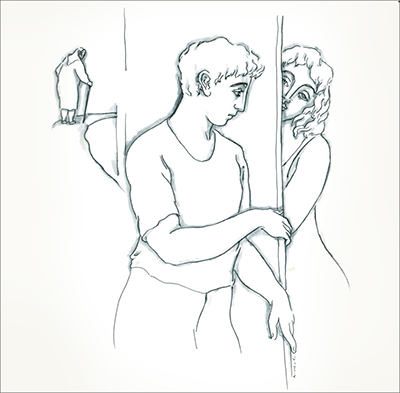

In the preface to his fourth album Keivan says he believes his approach is one of the possible approaches. He says, “drawing can be considered to drawings of this book, your book, drawing can be a river in which every one drinks according to his capacity and gives the rest to others too.” You can see his harmonic approach to art in this type of description.
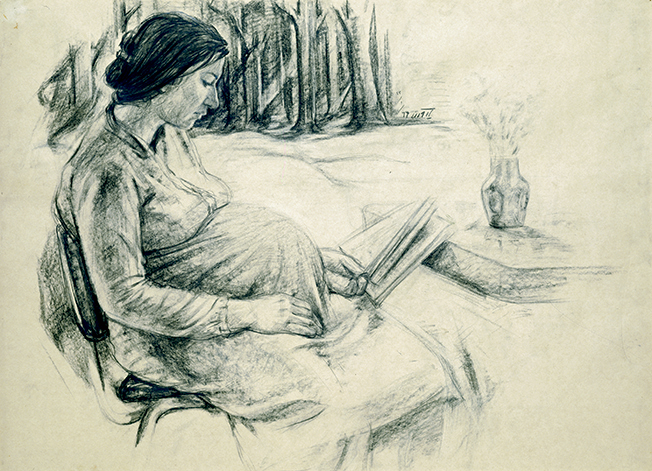

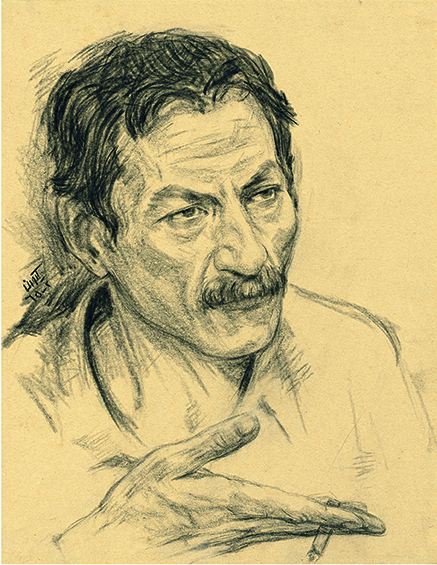
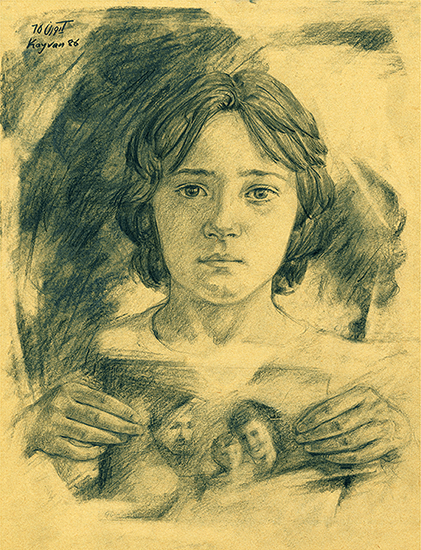
The subjects, meanings and methods of production of drawings in the album show that he is still fond of describing human themes from the optics of a sociologist. But he admits that this is only one of the methods of looking at things. “There are other ways for inquiry. It depends on the expanse of our approach, our capacity and our thirst for inquiry. Everybody drinks from the river and shares the water with others according to his capacity.”
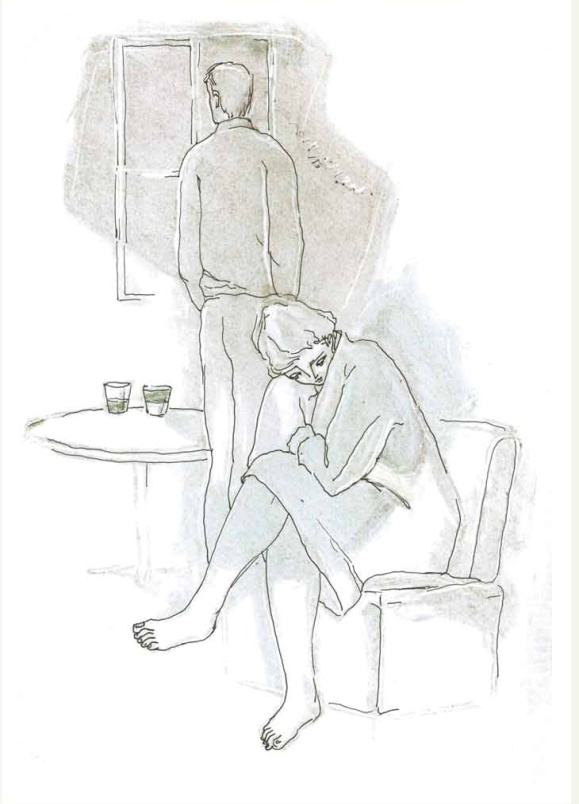

One of the drawings in this album, which reveal the beginning of a change in the artist’s attitude, is called ‘Empty and Full’. It shows a woman and a man in a room who seem to be cross with each other. The man is looking out through the window, which is an allusion, and makes us believe that he is obsessed with outside matters. The woman is folding her hands probably meaning that she is sunk deep in her thoughts. I guess the artist has the same approach versus every man and woman and it is not only a mere theme for painting. The opposite is also true. The woman and the man could have sat with their backs against each other to show the difference of gender or different approach to assessment of things by the opposite sexes. What is interesting and complements the drawing is the two cups on the table. Both cups are of the same size and contain the same amount of water which is also the allegorical assessment of the man and woman. The artist believes that man and woman are equal. The difference between the two cups lies in the fact that one cup is gray and the other is colorless or bright. In the light cup we see water or a darker liquid and in the gray cup we see a bright liquid (probably meaning that a woman sees things far clearly than a man).
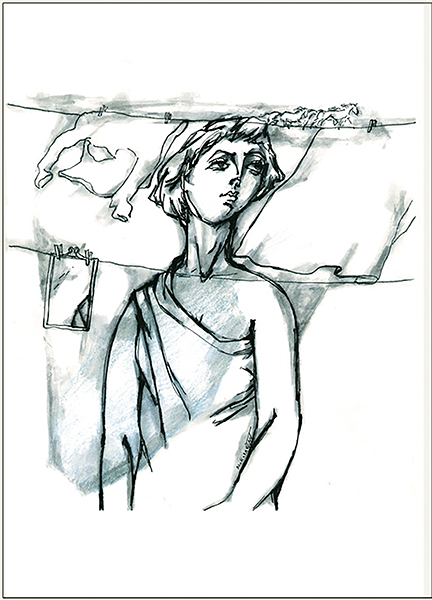
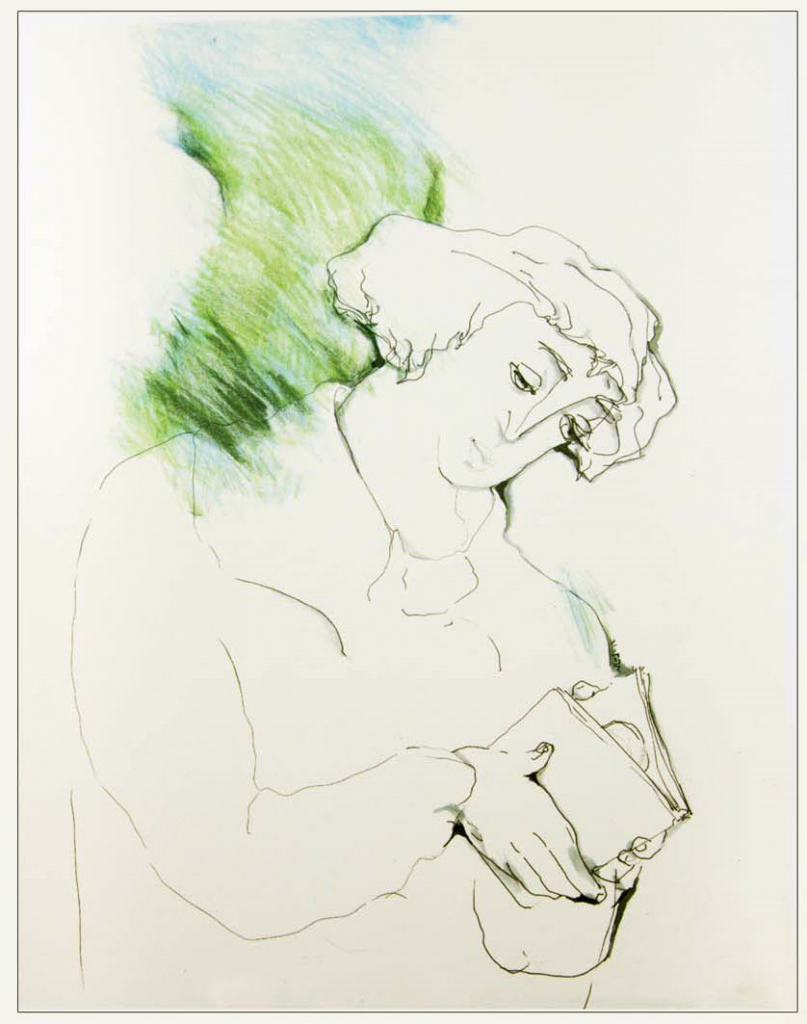
In this drawing one can trace nothing transitory to distinguish the woman from the man and none look superior to each other. Although the lady has been placed in the front in the layout and looks more prominent and big the other pieces of the drawing are equally distributed. The gray margin too is unique and crosses both figures from inside. If there is any difference among the sexes the artist attributes to the society. He believes that we assess each other through the optics of the society. The drawing informs us that such an evaluation does not exist outside of us. In fact it is our impression that serves the basis for our judgment. Perhaps one can trace a hidden theme in this drawing i.e. looking at everything with doubt and try to update our concept of things.
Glass Relief – Kish Island -Iran 2006
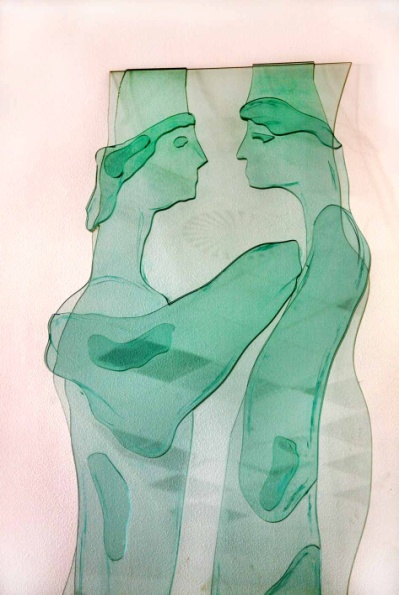

This project has been made to install in the Entrance of Administration department in the Kish Island-Iran
Reliefs Mashhad _ Iran 2014
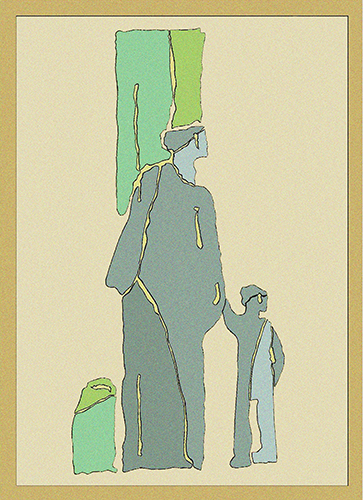
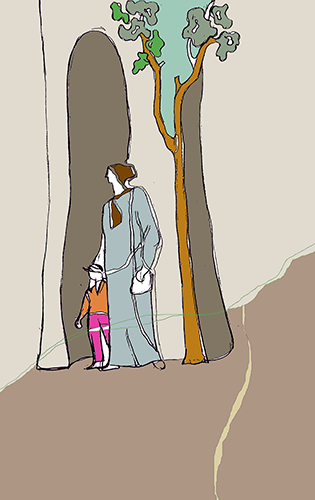
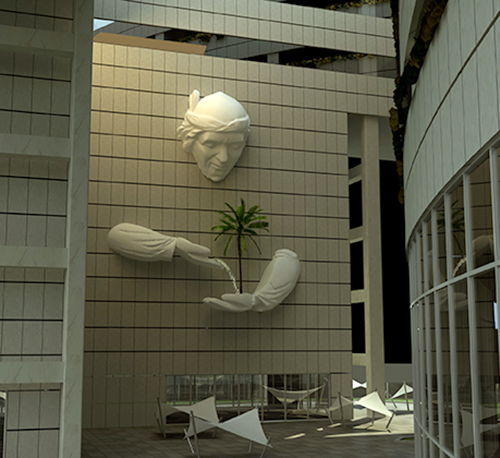
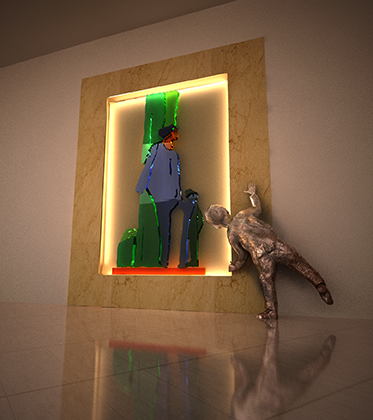
Photography and drawing
Photography and film composes a relatively large part of the artist’s productions. In fact the artist pays equal attention to photography, film, architecture and painting in order to carry out his experiments. Nevertheless, his other engagements leave little time for him to exhibit his photos. On the other hand, the artist believes that he must publish his works before showing them in an exhibition. For this reason, he has collected three albums of photos dealing with society and nature in abstract form for publication, but the albums have not found their final shape yet. In order to acquaint the reader with the artist’s idea behind the theme of his photos we think it would be better to insert part of the preface to one of his three albums.
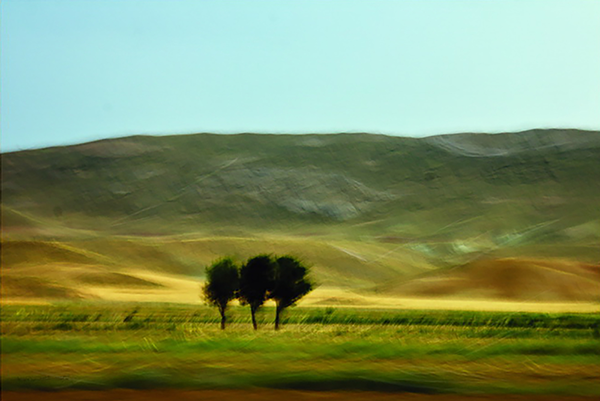
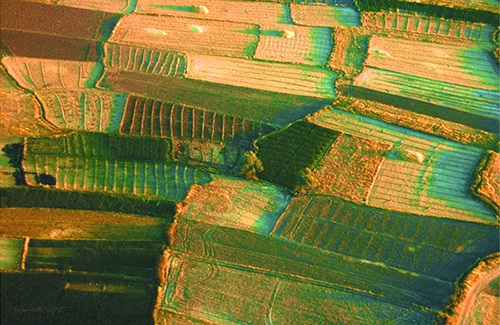
The photo captures the flying time and registers it and we become accustomed to such scenes. Nevertheless, a photo is wonderful production. But are not we stopping life by stopping a specific moment of time? Doesn’t the photo kill life? When we see a photo we want to know what has happened before and after the photo has been shot. What was the form of the photo earlier? Is not life a lost (and forgotten) scene? Maybe it is but a photo doesn’t reflect everything. A photo steals the continuation and flow of a real life but registers moments which we seldom notice in the flowing current, or perhaps miss it. Someone is passing the street. We get a vague image of the person crossing the street or we remember that. Now if the photo is taken in a moment when the person is crossing the street that moment displays a mood of the person which might have escaped when we see it by eyes – a moment of quick movement of a hand, his fear or composed face. a photo can register a certain moment or pose Without letting the information and monotonous facts to escape. the snapshot might serve as a source for information for future description and interpretation.
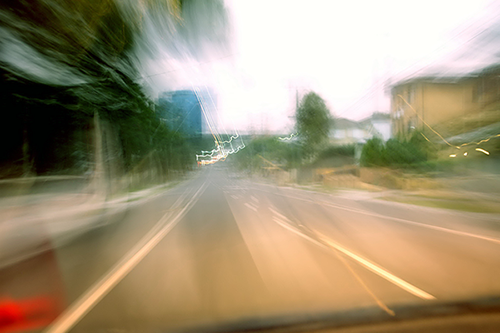
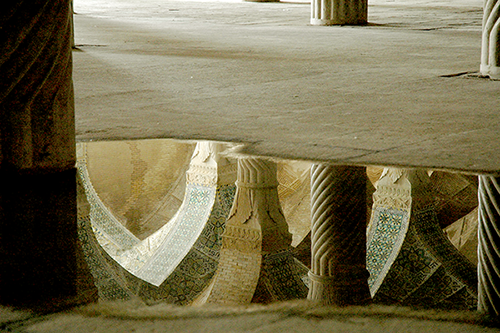
“The nature of form and the meaning of reality depend on one’s mentality. Reality is a flowing truth between our interpretations. It is not static. The photographer shoots his picture from a special angle. The viewer too sees the picture from his special interpretative optics. In other words, the viewer looks at reality with two types of interpretations. An Iranian, French photographer or engineer who shoots a picture of Eiffel Tower portray different meanings and perspective.
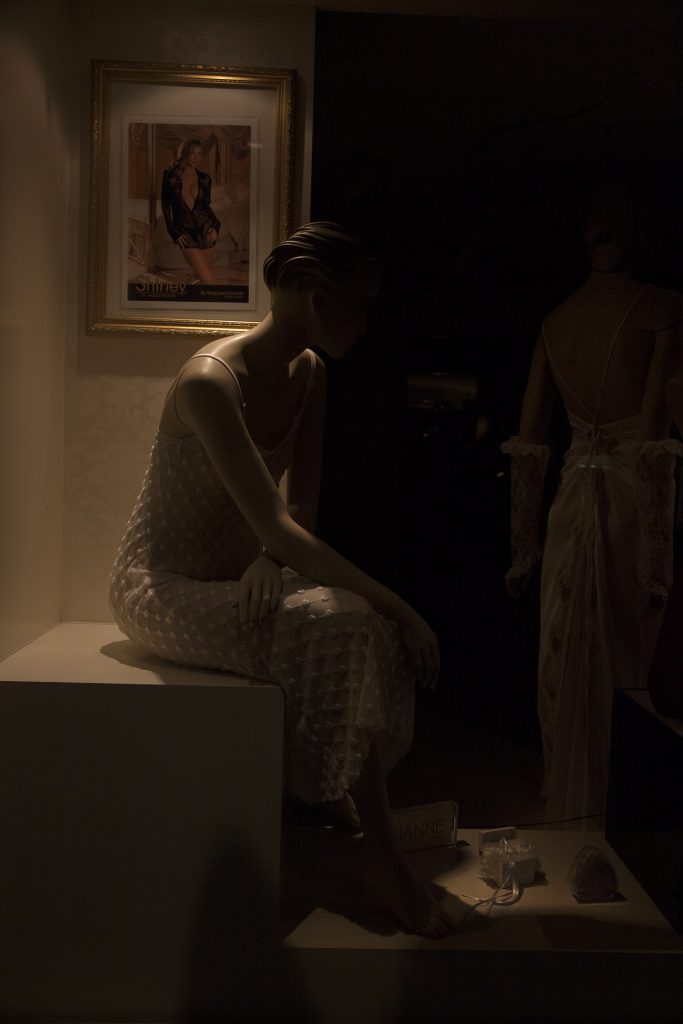
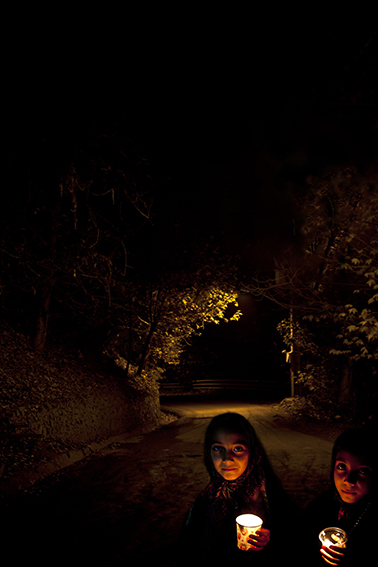
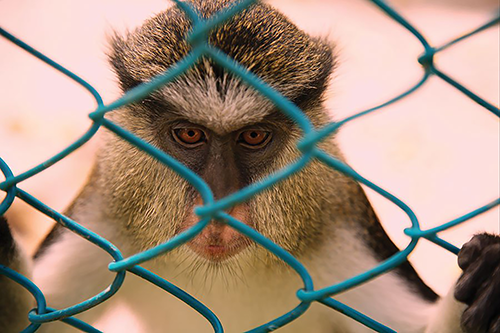
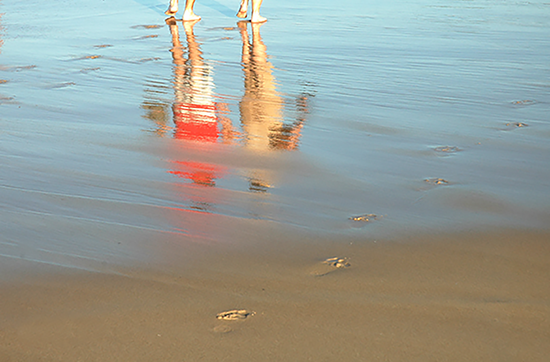
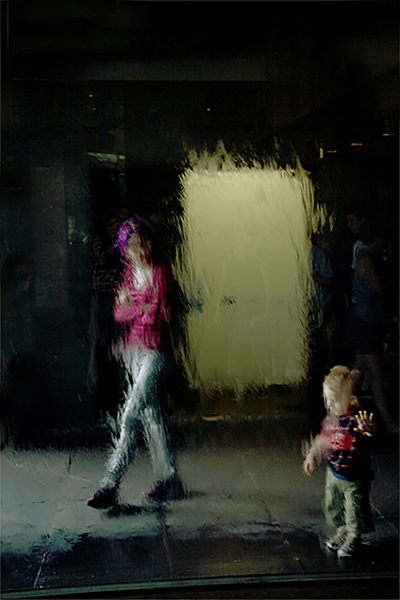
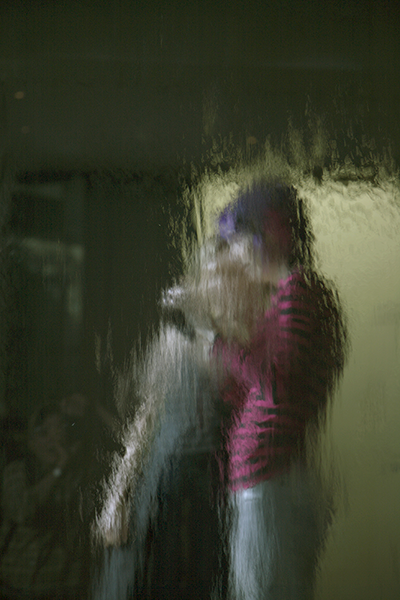
Every element in the picture shows something outside it, but this element doesn’t give us a fixed and lasting impression. On the contrary it changes with the time and the scope of the viewer. The viewer will see the picture of Eiffel Tower in a different coloring two years later. In other words, a picture taken by an expert besides providing authentic information incorporates pictorial and image beauties; it is commented and interpreted more frequently and shall remain lasting compared to a picture taken by an amateur photographer.”
Photo-Drawing
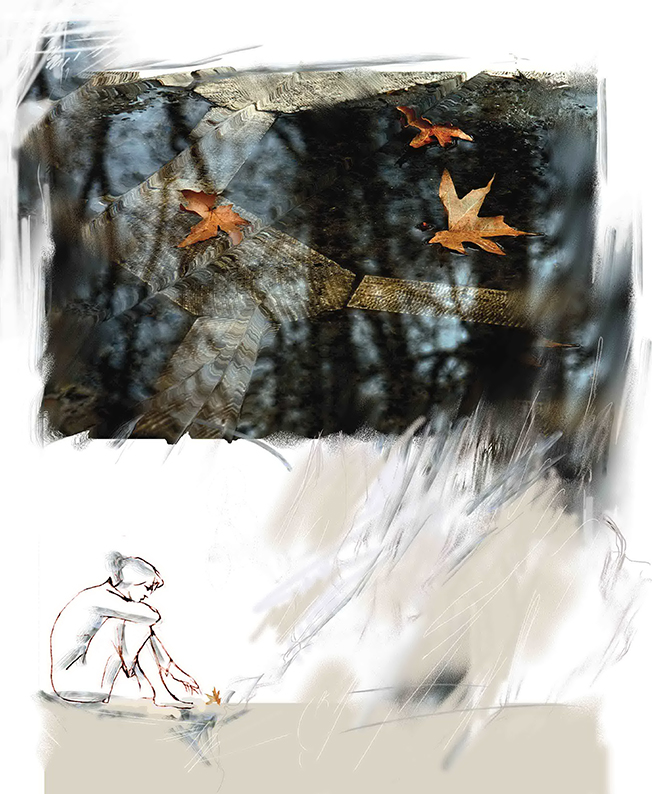
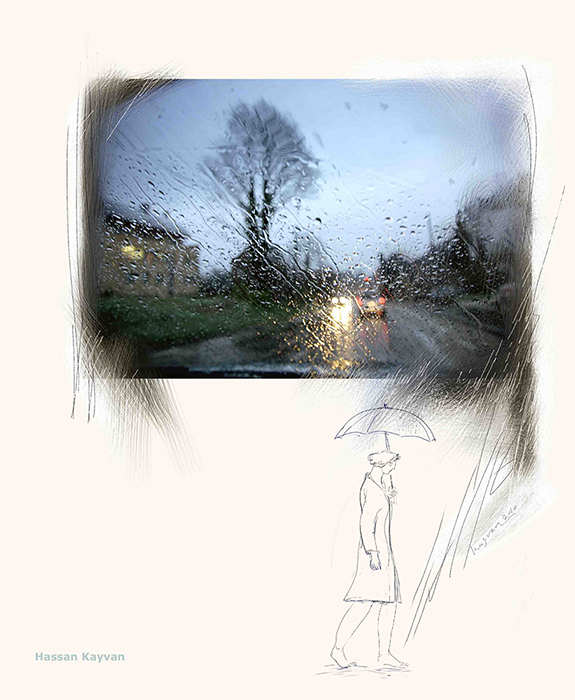
Keivan has been working on designing and photography for a long time. In this method sometimes the picture serves as a platform for designing and sometimes the photo and the design mix with each other like mixing the elements or paintings. As to meaning the designs are interrelated with the environment and the theme of the pictures. Asked whether designs and pictures are defective for abstract expression and whether mixing them will give a better expression, Keivan said, “No, the picture and the design are not defective in expression, but when the design and picture are mixed with each other they offer a new method of expression which differs with the impression left by the picture or design in their abstract form.” In these works the artist has given much weight to the picture, but he has developed the picture in such a form that it might occur to you that you are looking at a painting. The allegories employed in the designs provide a poetic environment which seems the thing that the artist is seeking. A selection of his pictures and designs entitled “The First Exhibition of Pictures” were showcased in an exhibition in winter 2000 in the Artists’ House.
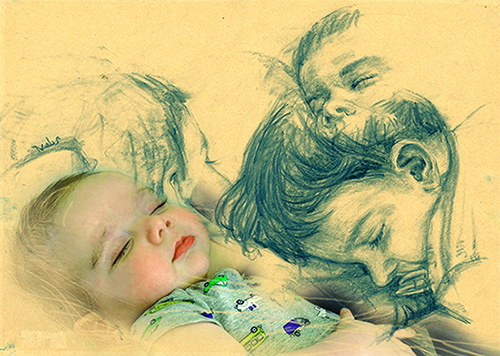
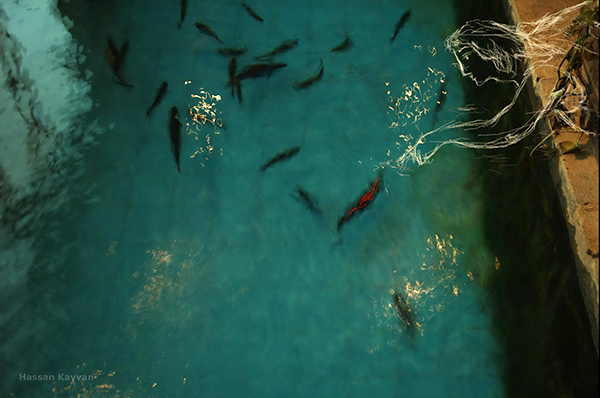
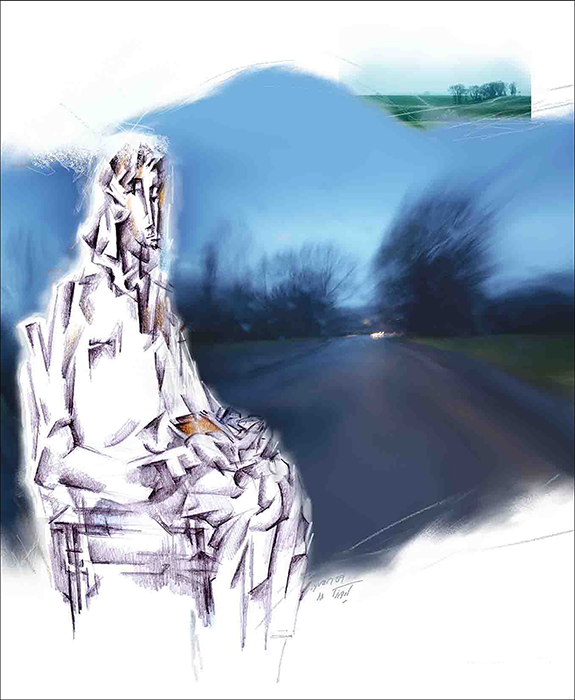
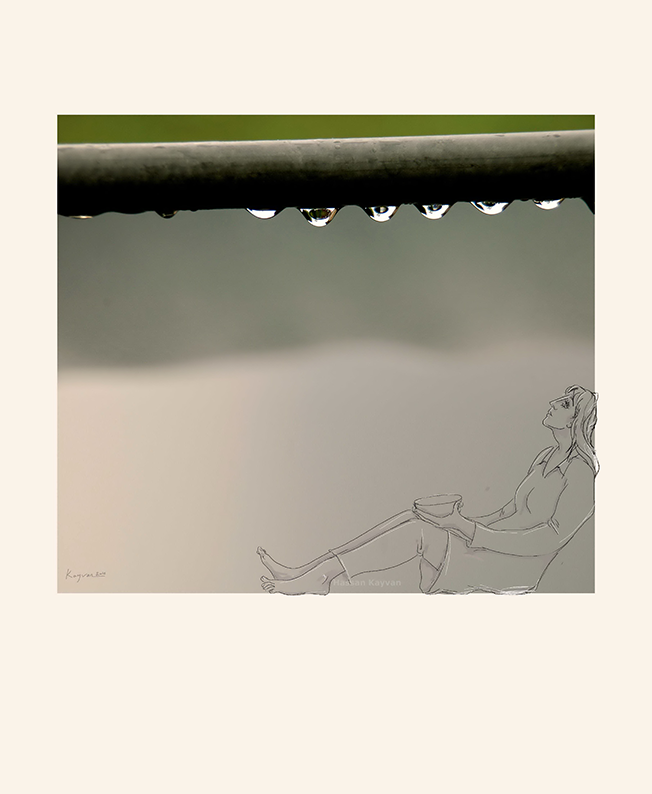
We will postpone a study of Sirjan & Farhad project, the glass reliefs in Kish island and work with an international theatrical group to a future date.
The day is closing and the evening has arrived. I lit an electric lamp and can’t remember that the light is invented by a man called Edison who had lived far from the room in which I was dwelling. With the help of the light I lean on a wall which is the work of an architect which I don’t know and read a novel written by one who is far away from here. The light from the bulb, my room and the story of an author who will accompany me when I wake up tomorrow morning undecided and in doubts – doubts which if not answered in a doubtful manner at least, will bother me and will render my day useless. And I understand why one needs science and art, and if one sees much chaos abounding around him, he must know that science and art have been debased and replaced by inferior things …I therefore ask myself, “How much I have contributed to others?”
We conclude this brief examination of the works of a man who may, like others, help us lessen such doubts and chaos, by quoting two sentences from many sentences we have heard or read “I went to Kooh-e- Noor for several hours of rest,” and when I saw the works of the book ‘Here, the birds don’t sing’ and saw the Emigration film, once again I looked into the history of this chaos-stricken country. And I am not ashamed to confess that I wept too.”
Modern Arts Workshop

